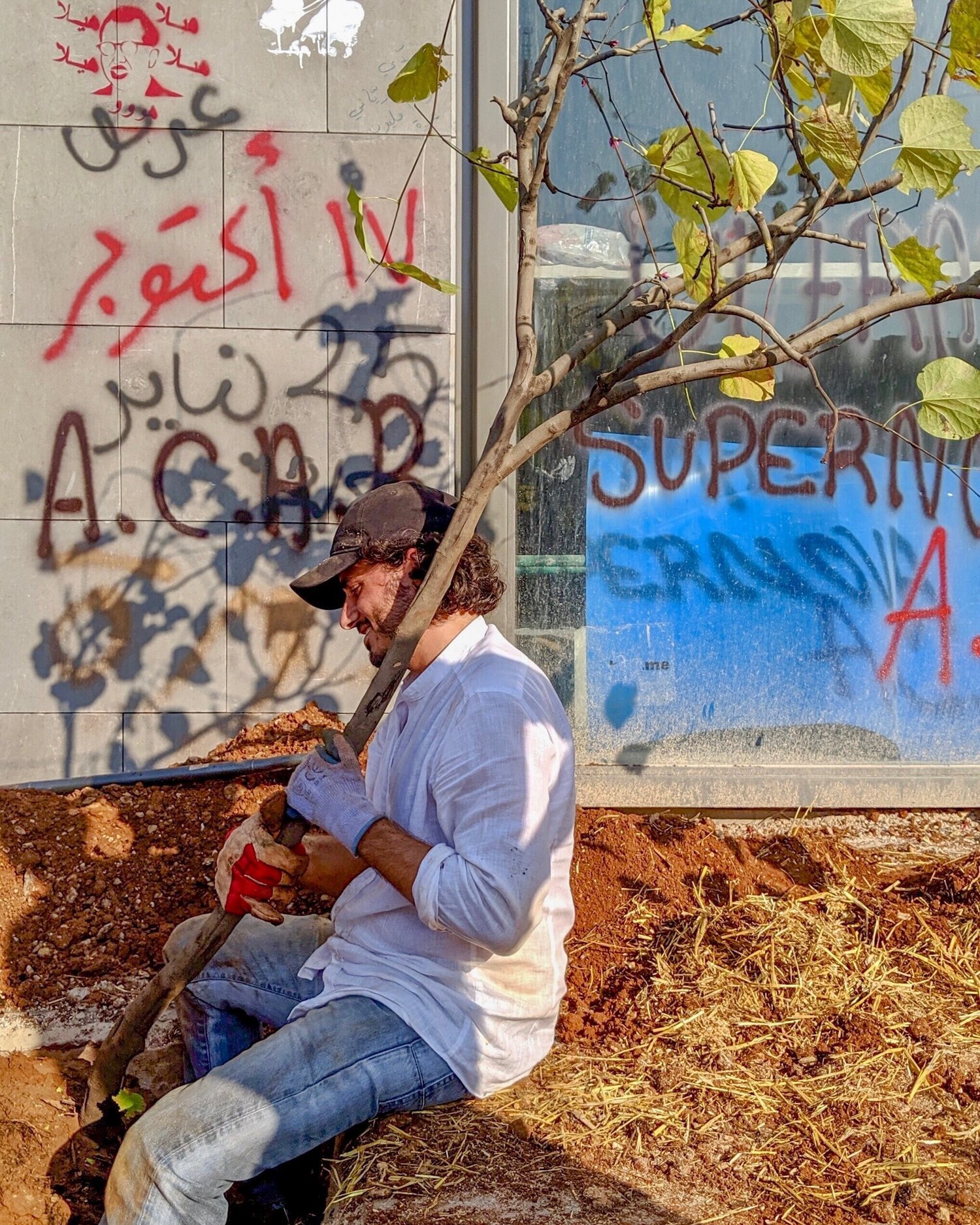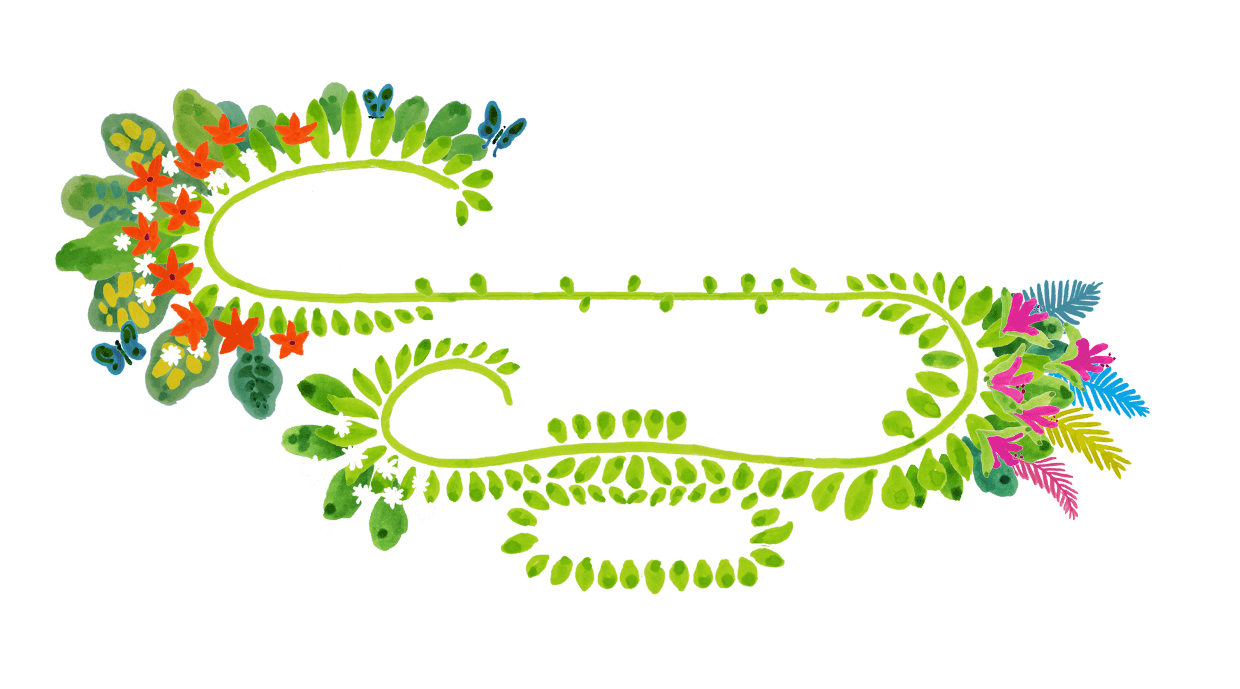
BEIRUT, LEBANON
Back to Play Forests
Restoring resilience after the blast.
Following the horrific August 4 2020 blast, the city of Beirut was left devastated. We want to plant micro Miyawaki forests as part of the rehabilitation of school playgrounds.
This will help heal the community through the physical act of planting, educating the students on the different native species, and exposing them to forest ecosystems in the context of highly urbanized Beirut. These forests will not only contribute to the restoration of the schools, but also to a great city still in dire need of regeneration.
We will be starting with three schools that have been heavily impacted by the blast, in collaboration with the “Let’s Play” initiative.
Forest Maker Adib Dada
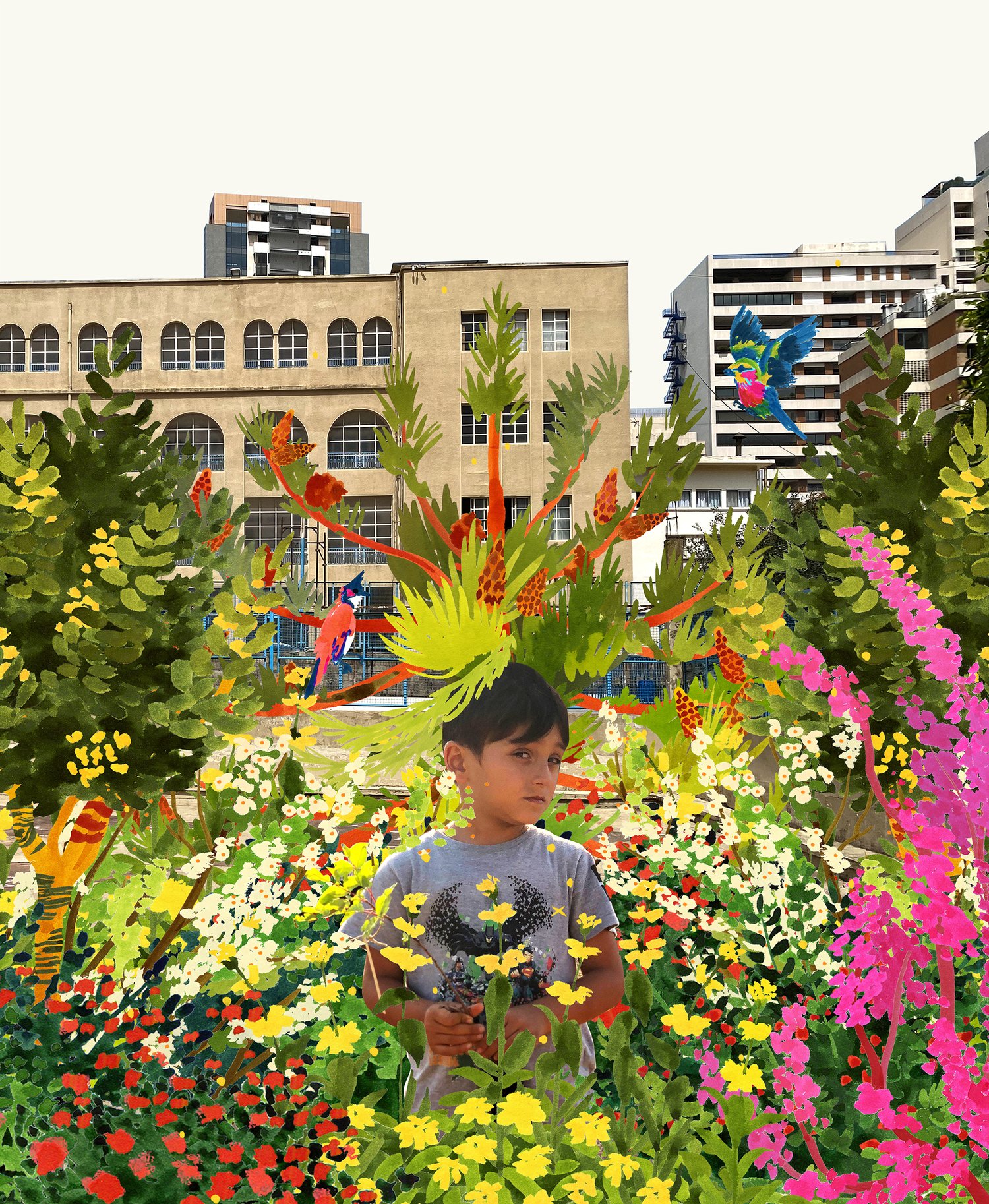
1,008
TREES
247
SQUARE METERS
4
SCHOOLS
“Combining nature and play is a crucial step for healing from the trauma of the blast.”
— Adib Dada, founder theOtherDada
Site 1/4
Ecole Secondaire des Filles de la Charité - Achrafieh
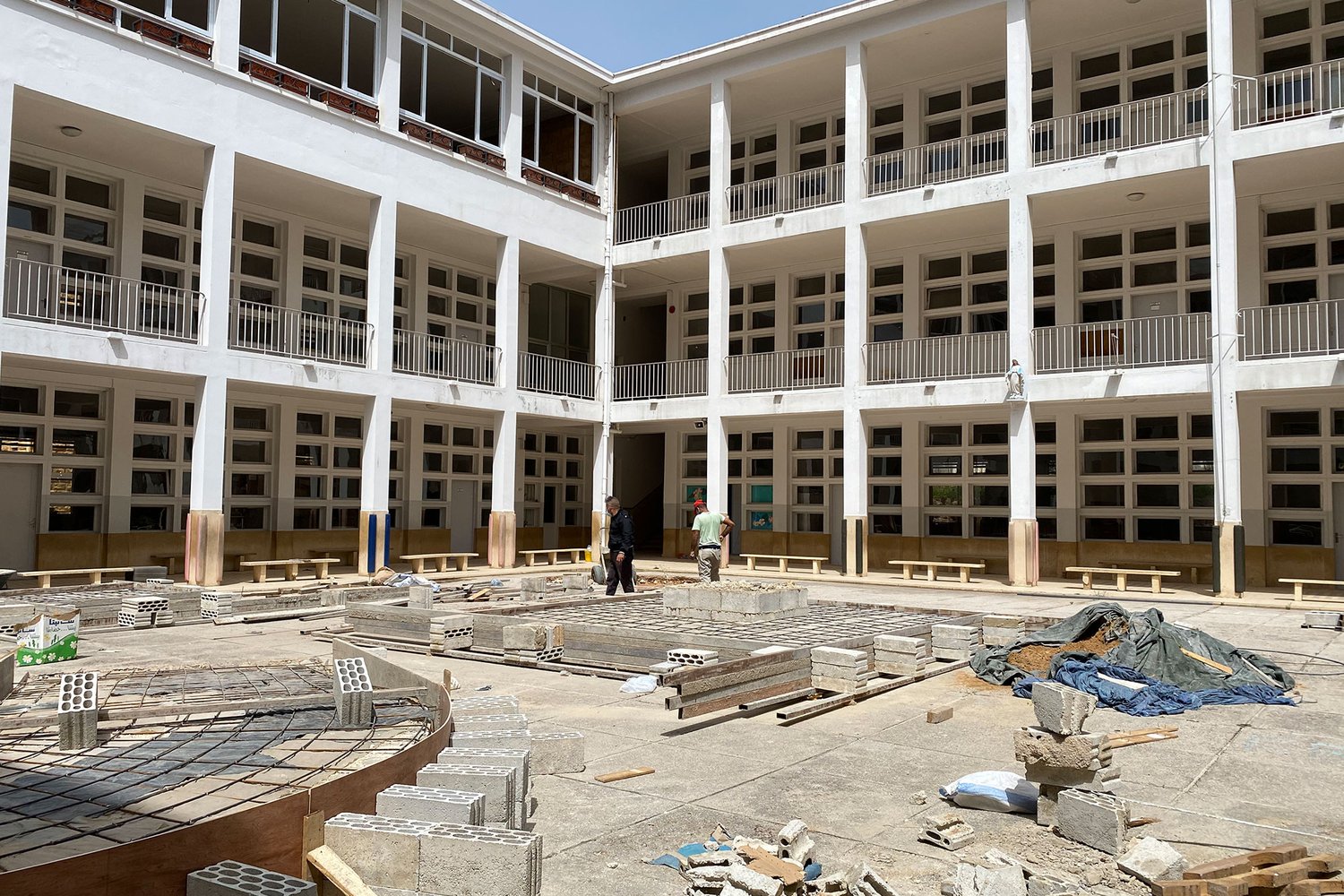

Forest Report: 11 Months
DATE: 02.11.2022
Survival Rate: 80%
Average of Tallest 3 Trees: 170 cm
This forest was replanted at 5 months old in December 2021. It was struggling following poor maintenance due to the COVID-19 pandemic & school closures in Beirut. Since then, the school has taken great care of the forest and the current survival rate reflects this. Wild pistachio (Pistacia terebinthus) is currently the tallest species, followed closely by spanish broom (Spartium junceum) and hawthorn (Crataegus monogyna).
Located in the centre of the school playground, this forest has 1500 students interacting with it daily, not only enjoying this greenery but also learning about how the smallest pocket of nature can thrive even in the most highly urbanised location.

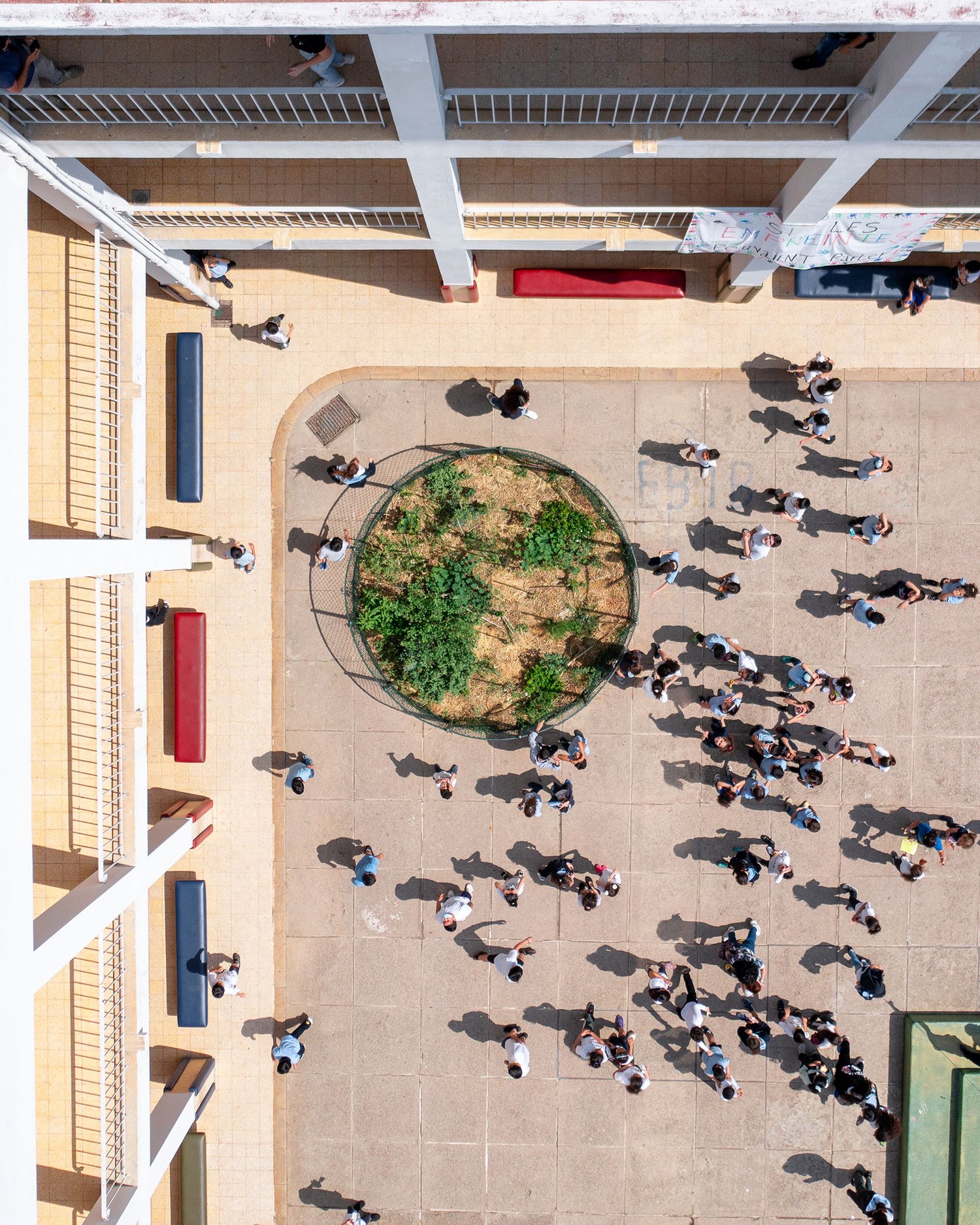
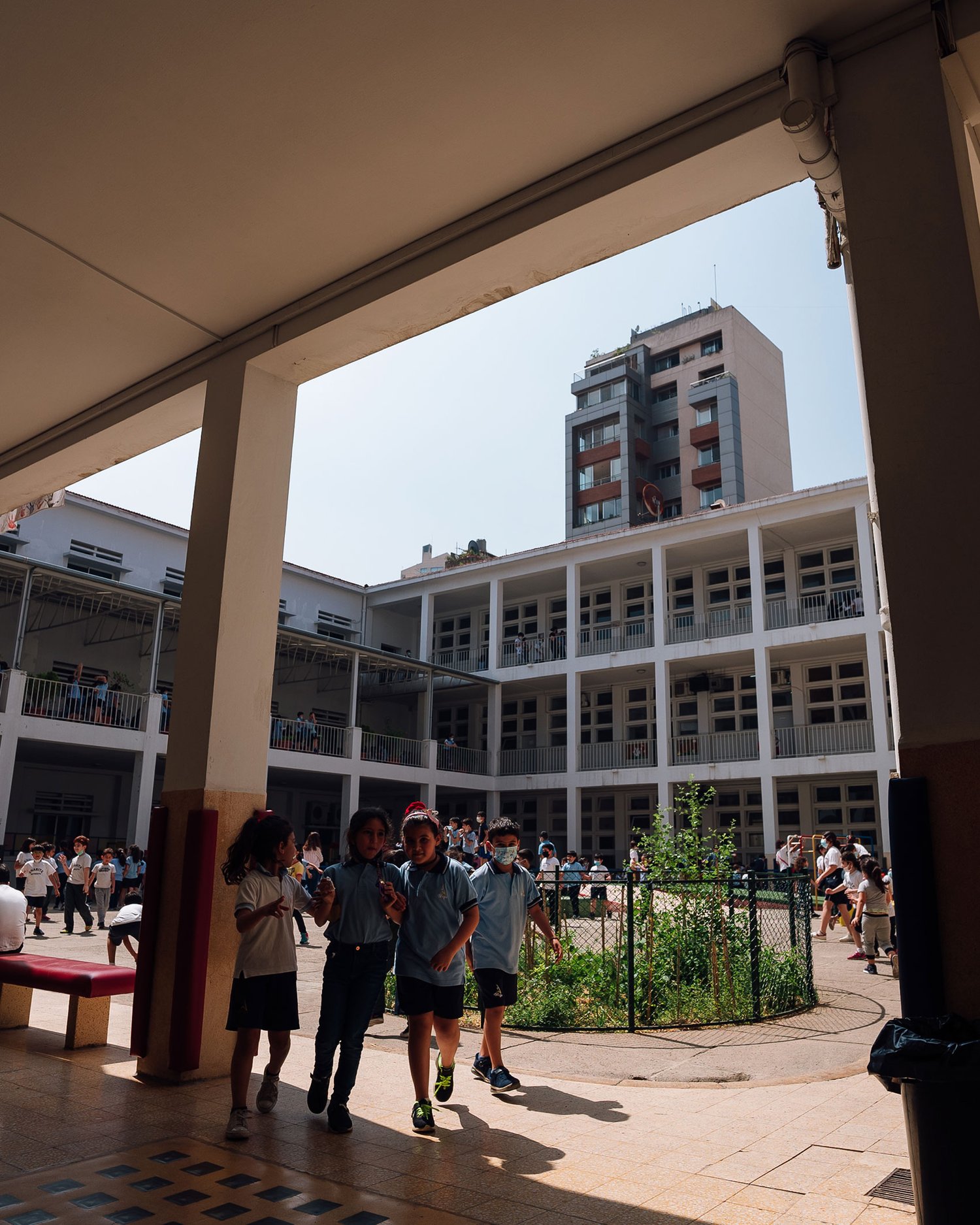
Forest Report: Planting
DATE: 02.11.2021

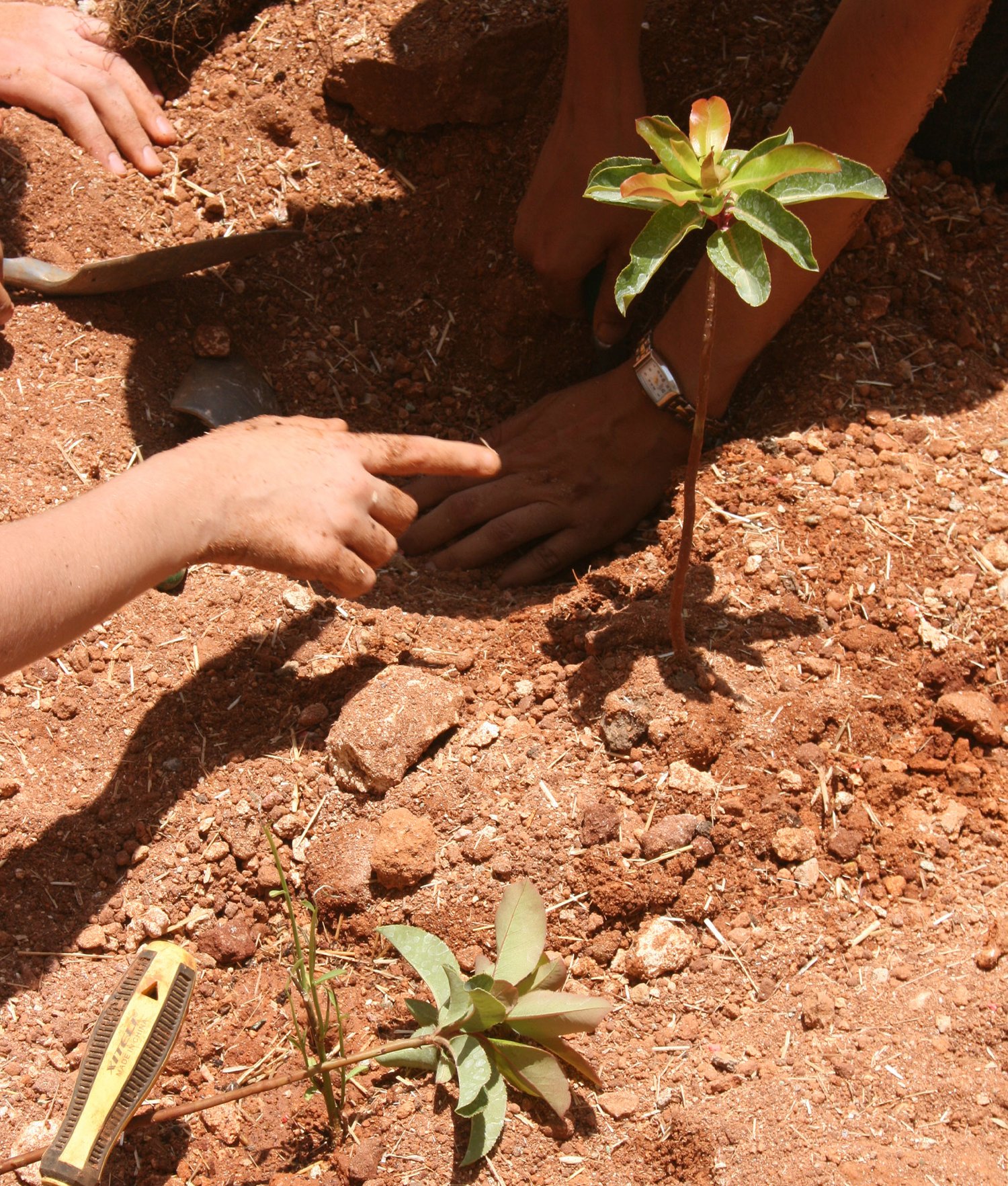
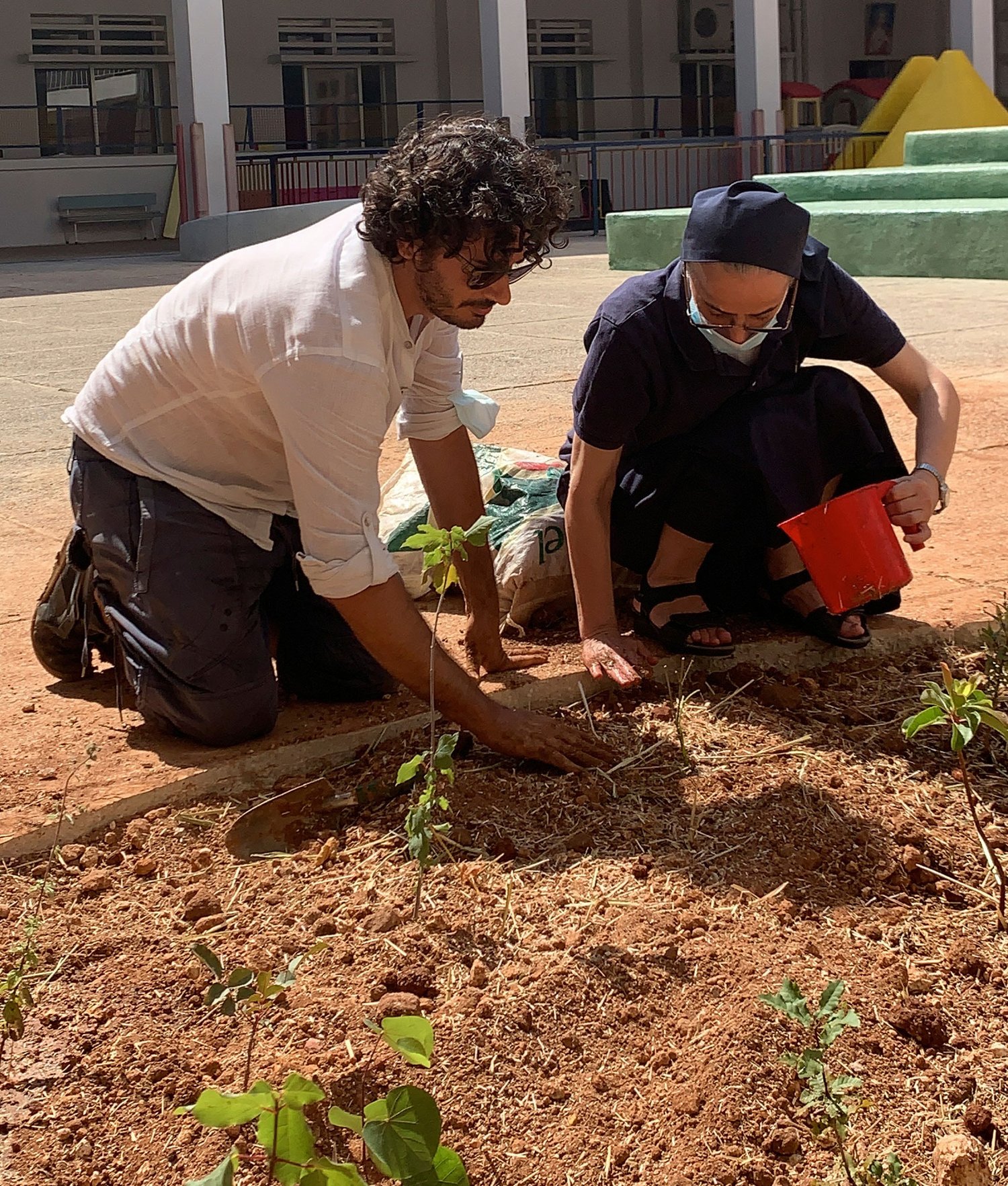
Site 2/4
Armenian Evangelical Central High School
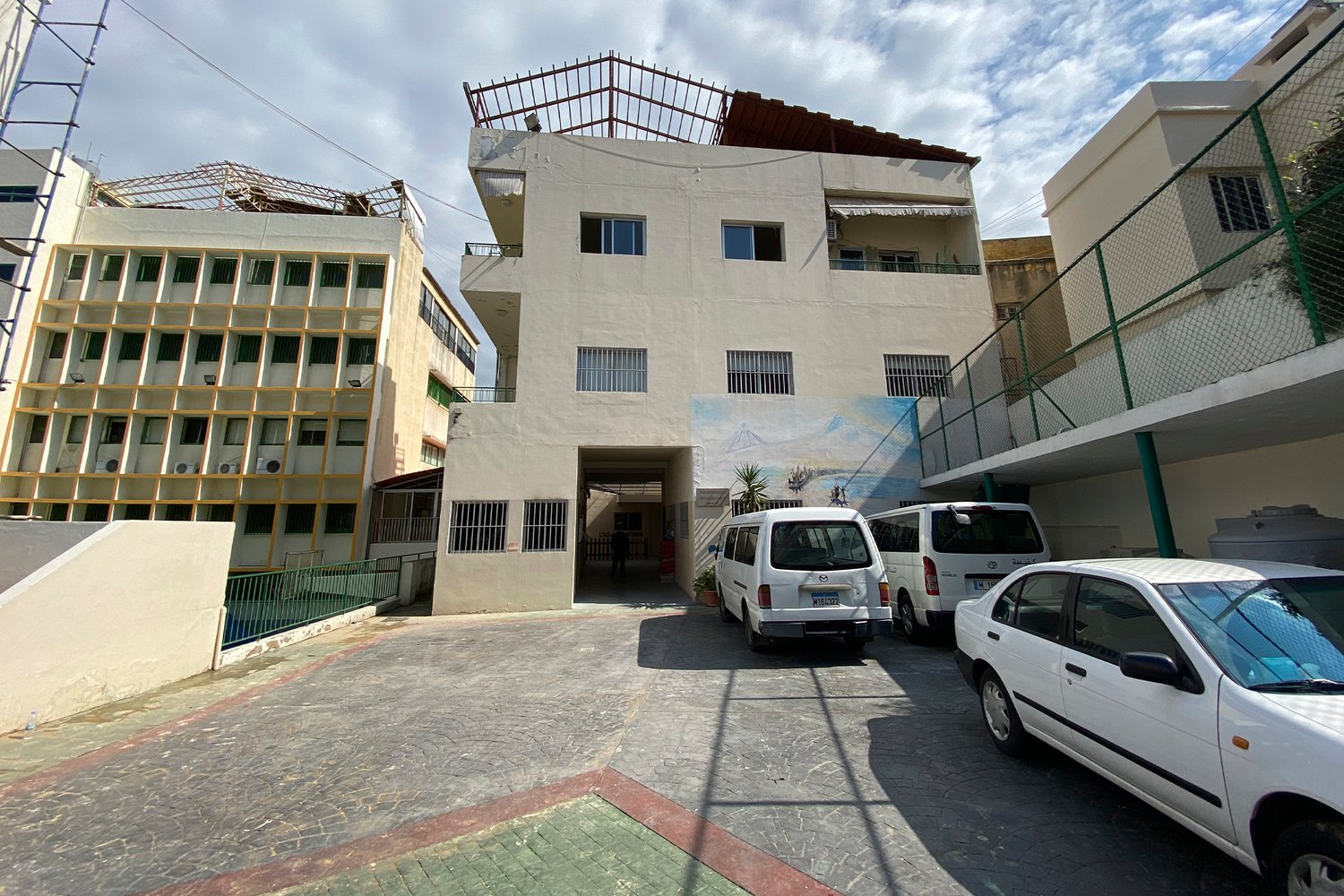
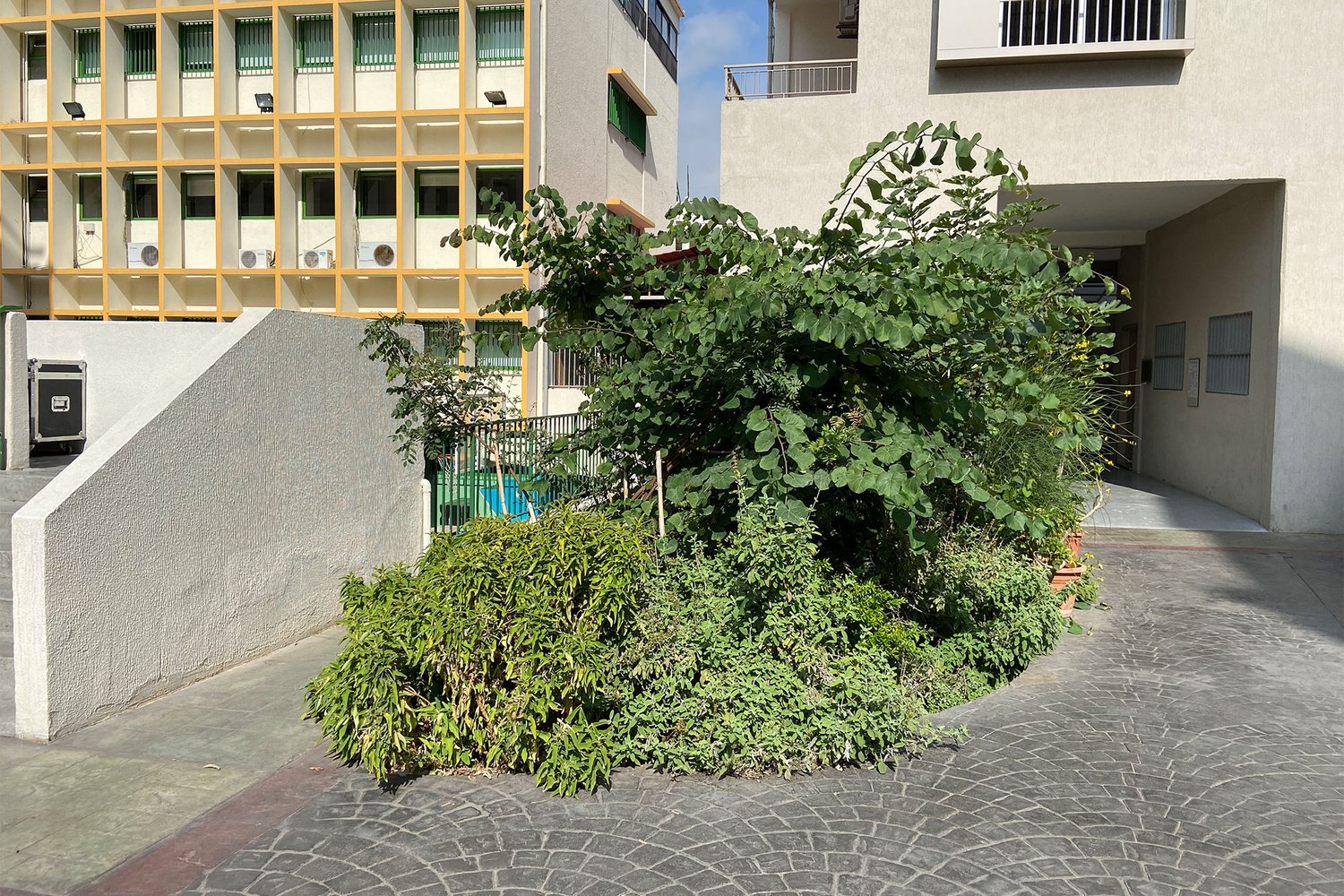
Forest Report: 19 Months
DATE: 17.02.2022

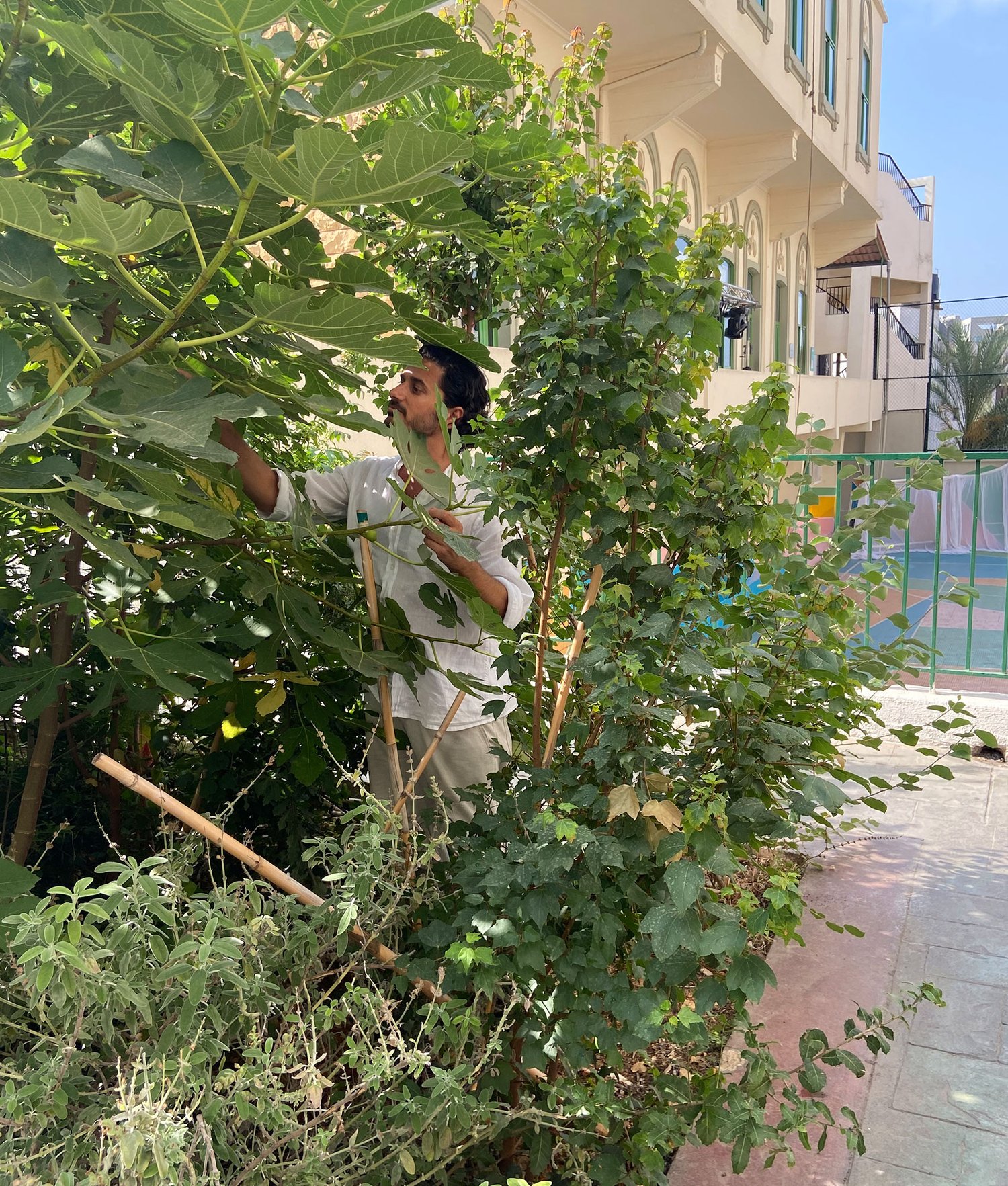
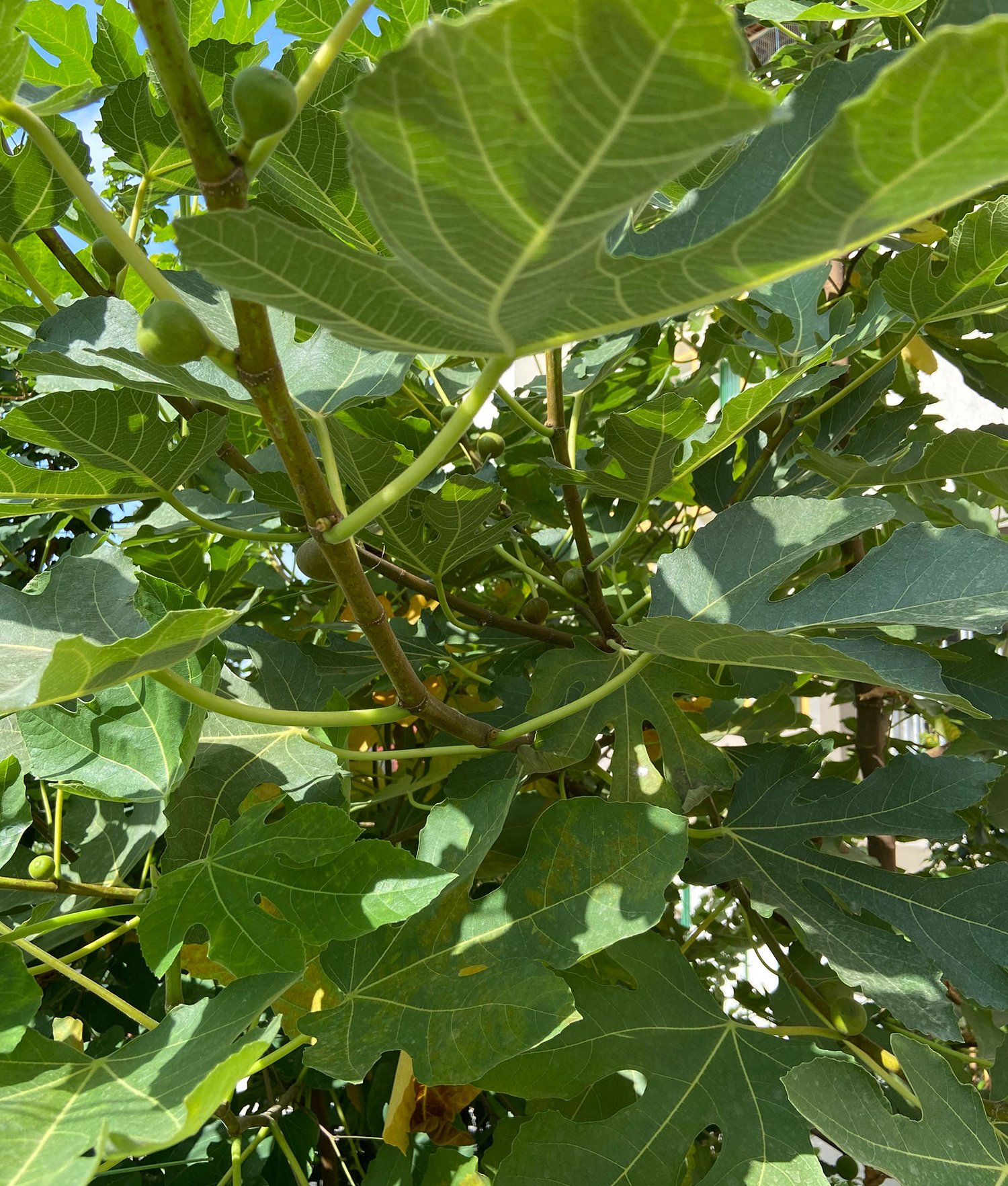
Forest Report: 1 Year
DATE: 23.11.2022
Survival Rate: 99%
Average of tallest 3 trees: 350 cm
At 1 year old, this pocket forest is thriving. A 99% survival rate is excellent and an important example of what can be achieved on small plots, even in the most ‘concrete’ of settings.
This forest has really transformed this area of the school and is a joy for the student community. Indeed, the good relationship with the school has contributed to the success of the forest as students have taken on the responsibility of keeping an eye on it, along with the school gardener.
For the one year anniversary, there was a science day with activities centered around the forest with the science classes of grades 5 and up. It is truly an enriching resource for the school.
The judas tree (Cercis siliquastrum) is the tallest species currently, with the almond (Prunus dulcis) and fig tree (Ficus carica) also both over 2.5m.
The chasteberry tree is flowering (Vitex agnus-castus), a plant regarded as being beneficial to hormone health. In addition, some unidentified wild mushrooms have also been seen in the forest, an indication of good soil health. These have caused great excitement amongst the students.
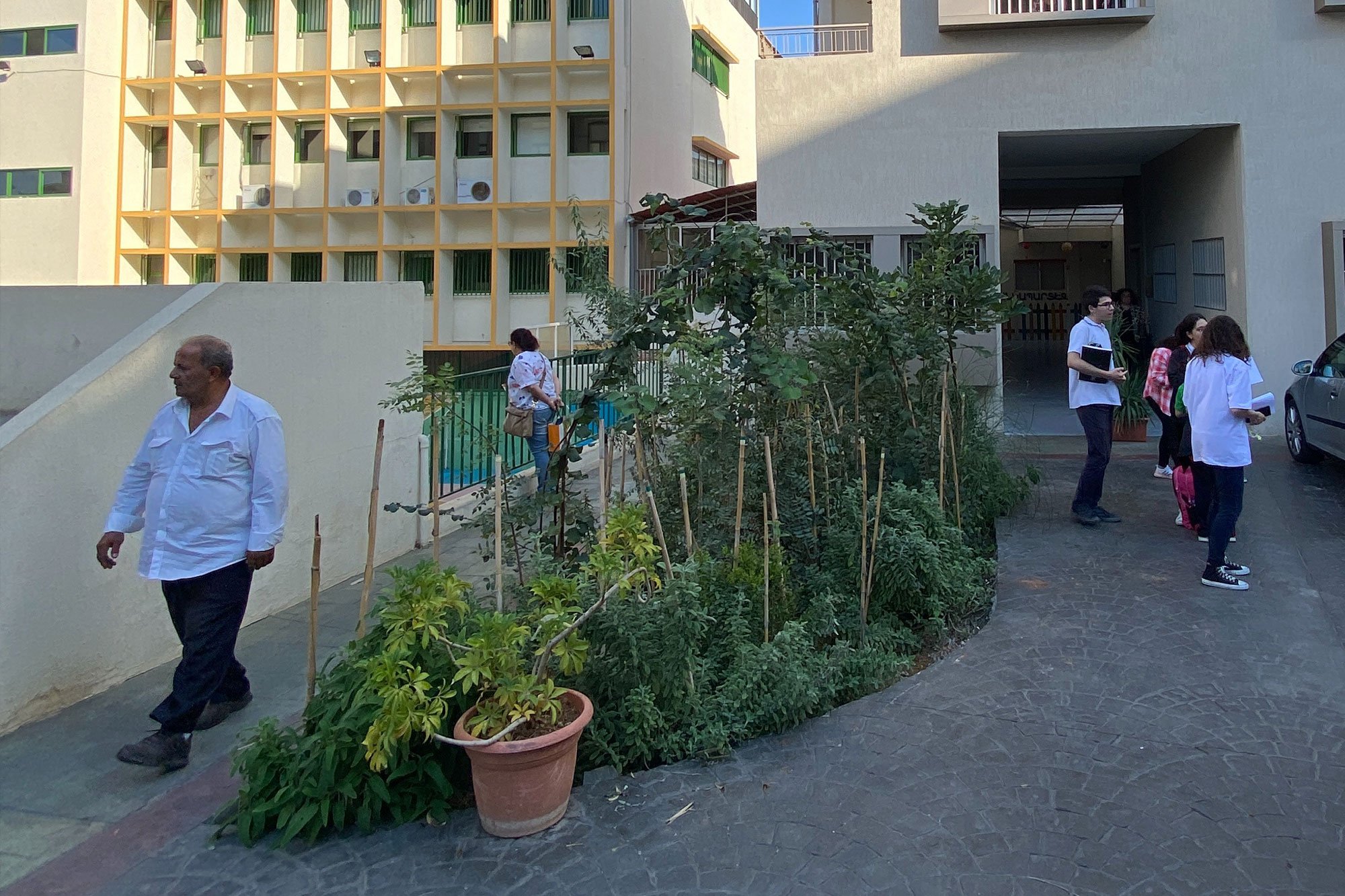
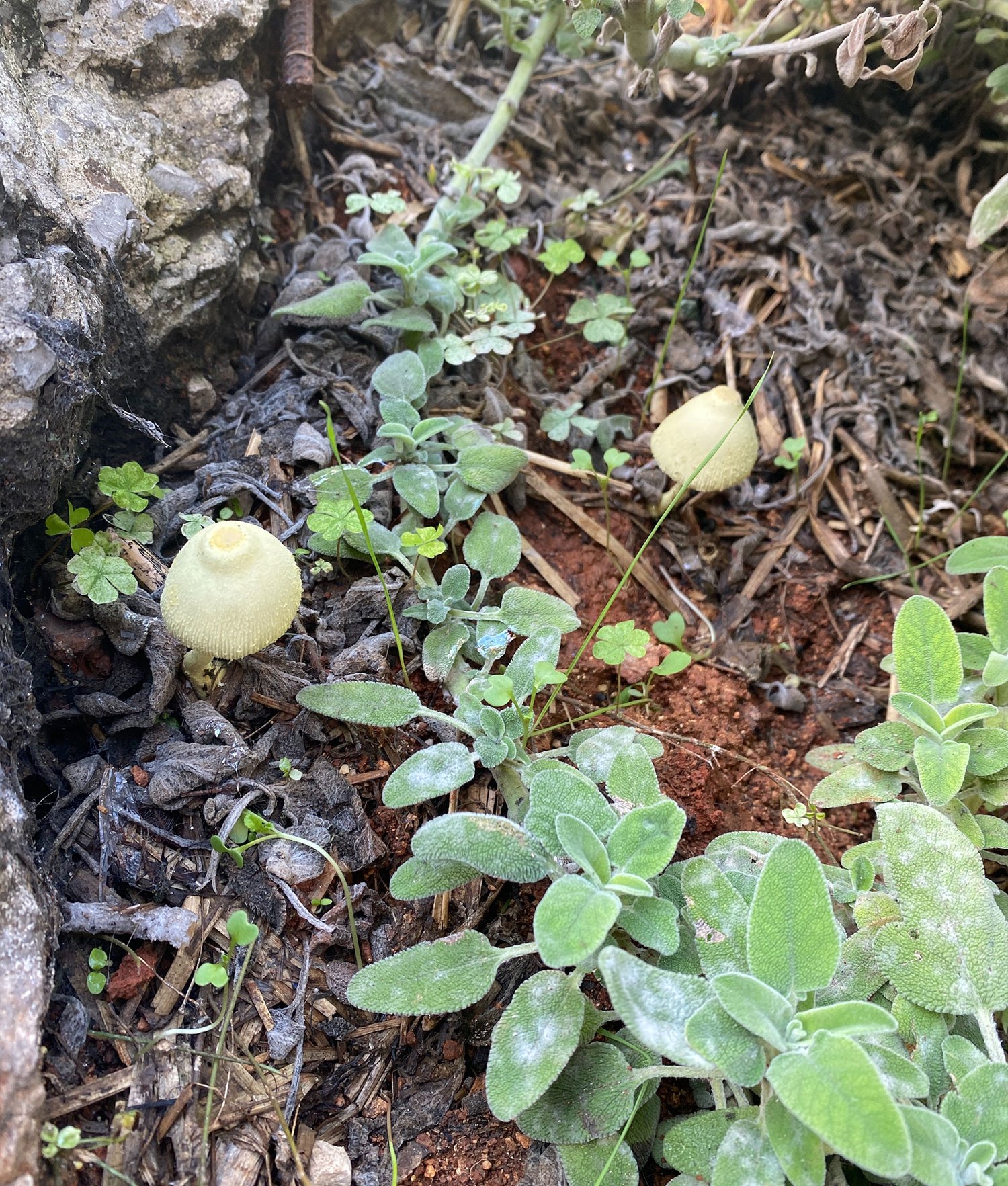
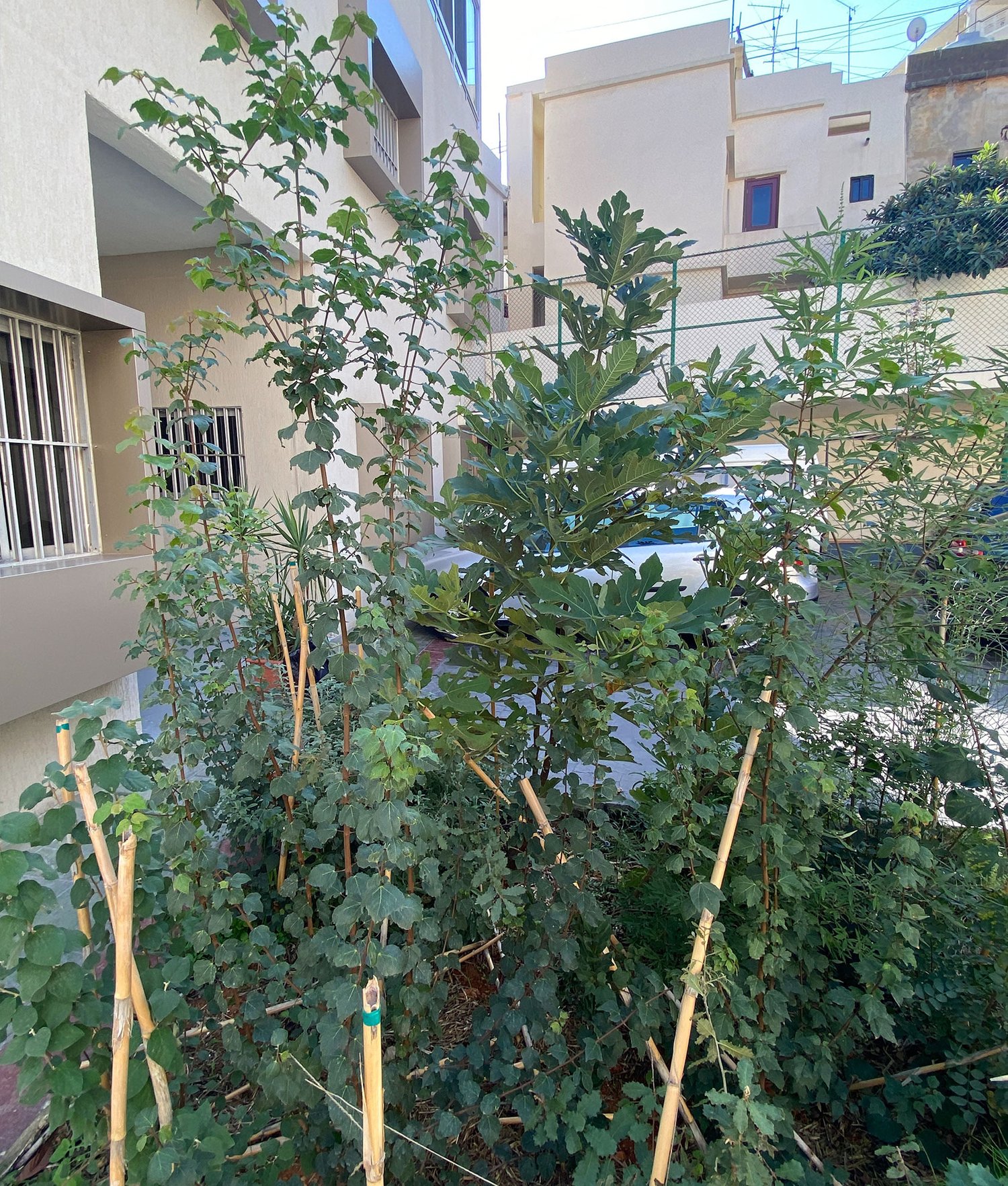
Forest Report: 6 Months
DATE: 23.07.2022
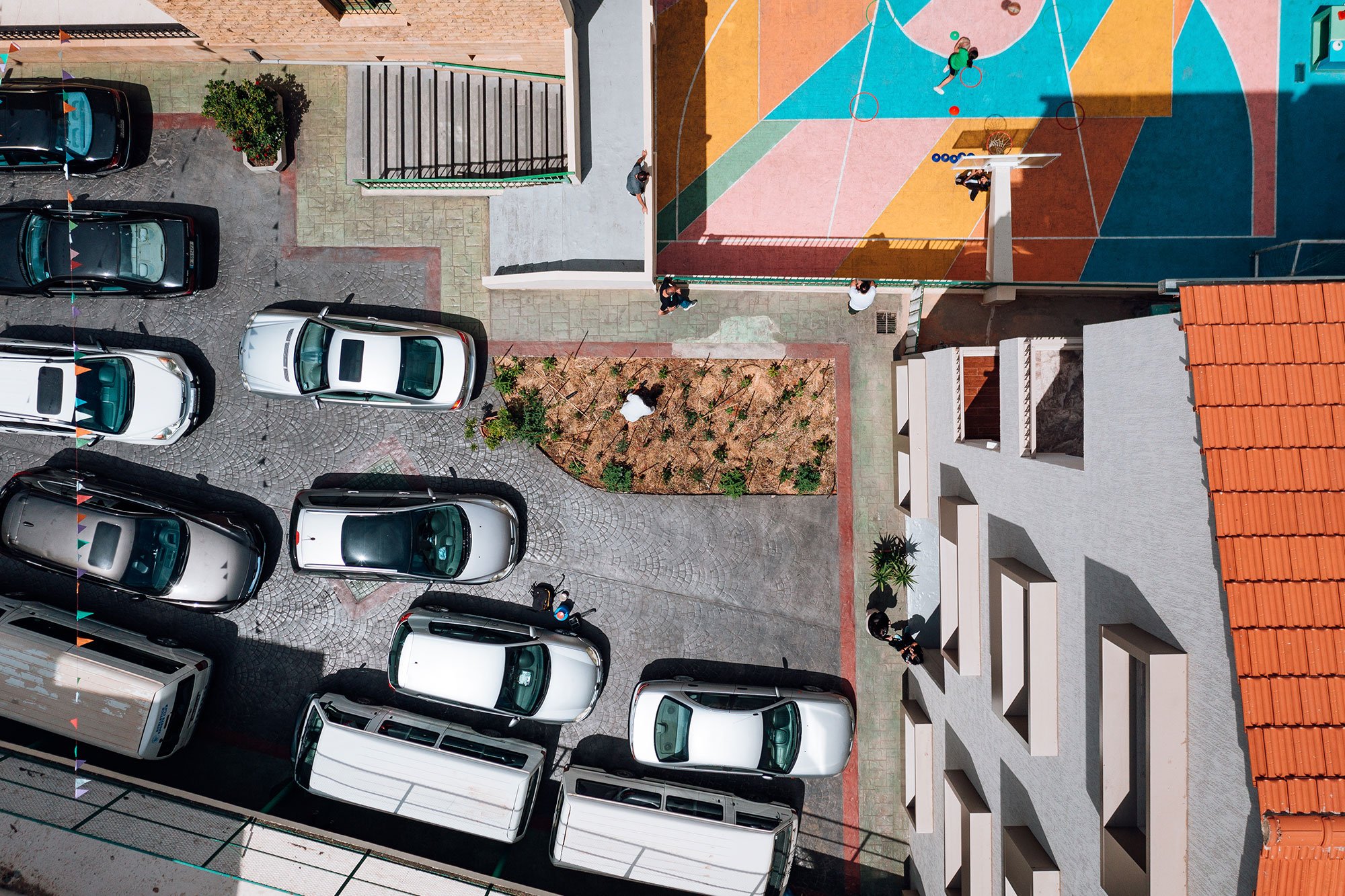
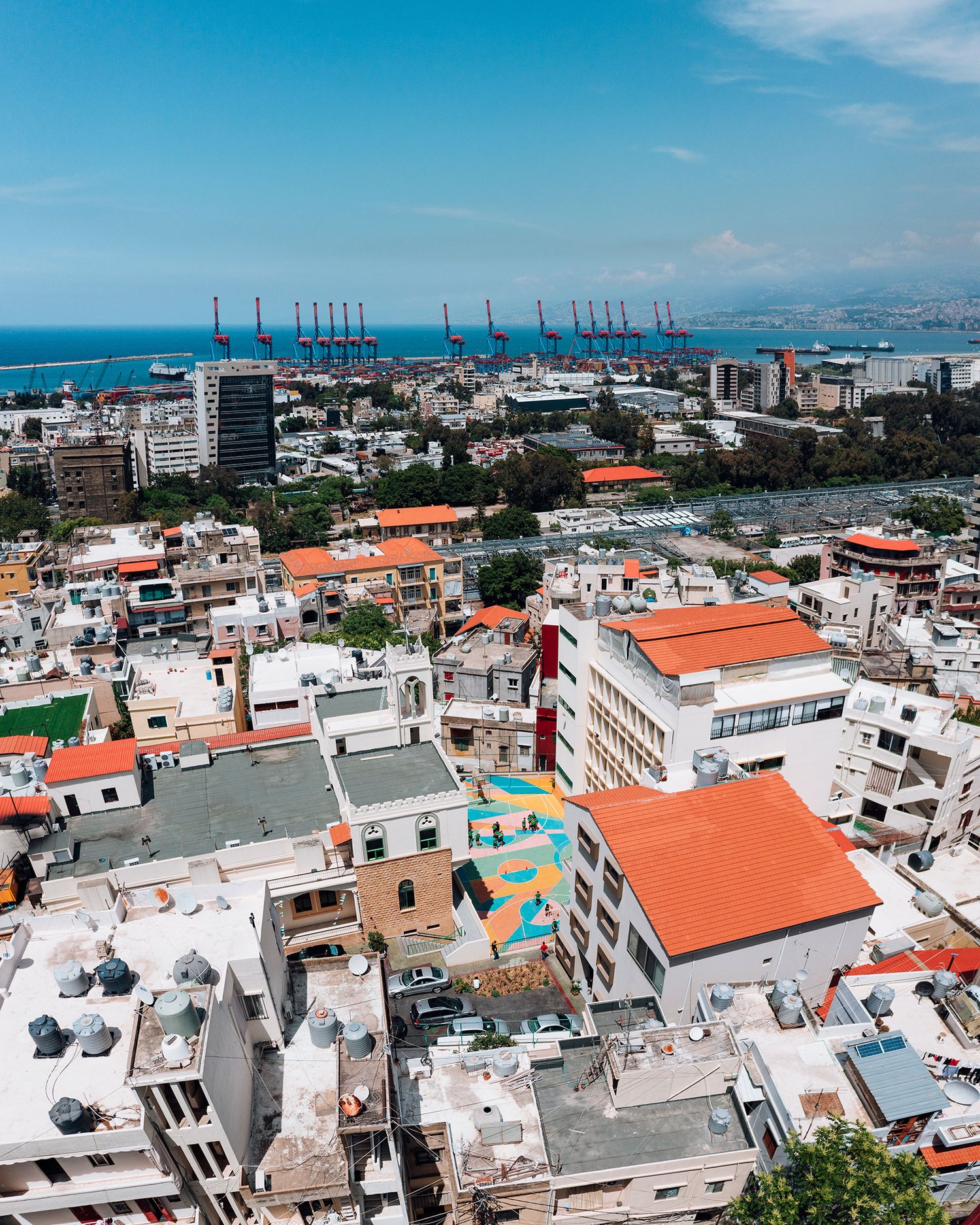
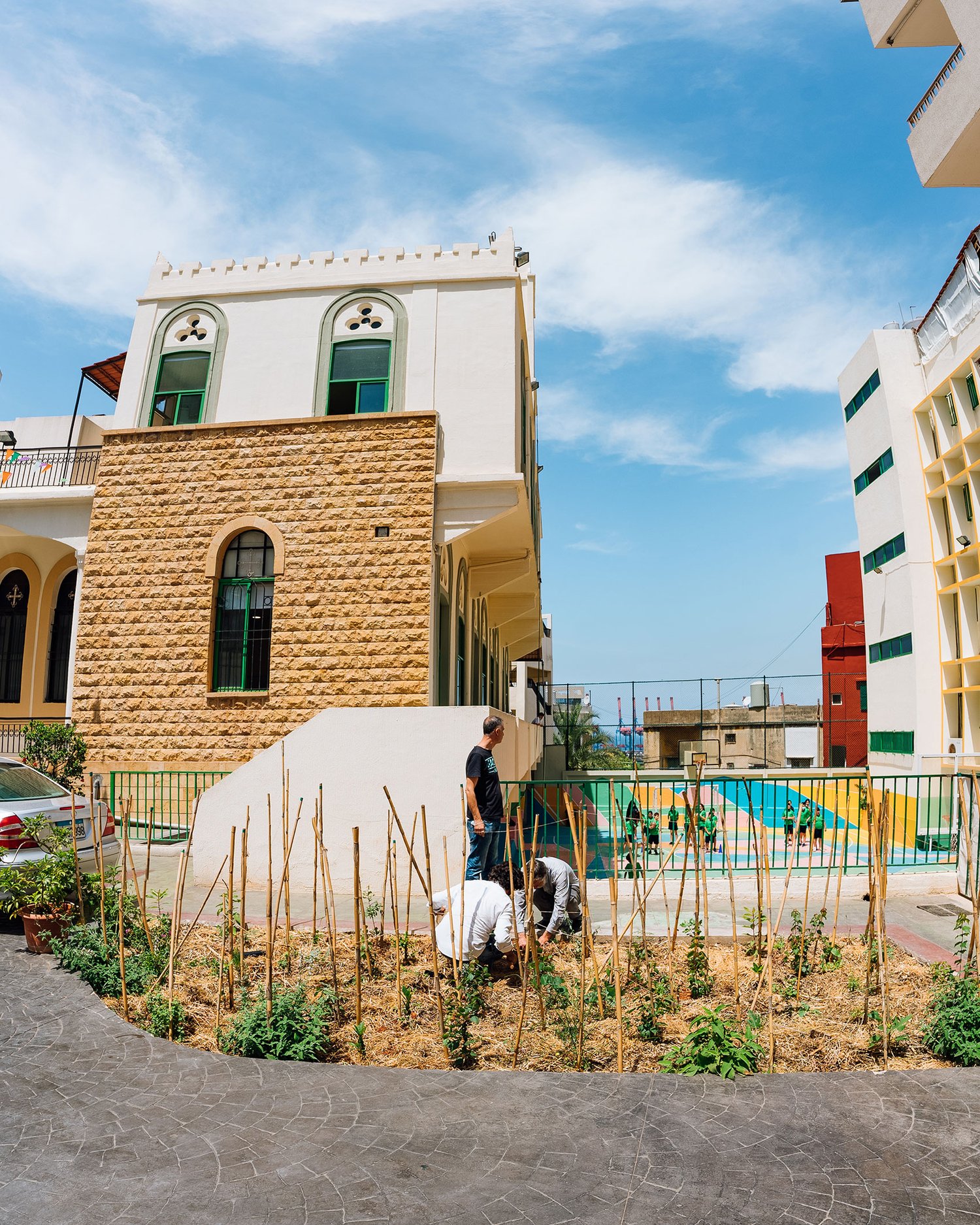
Forest Report: Planting
DATE: 23.11.2021
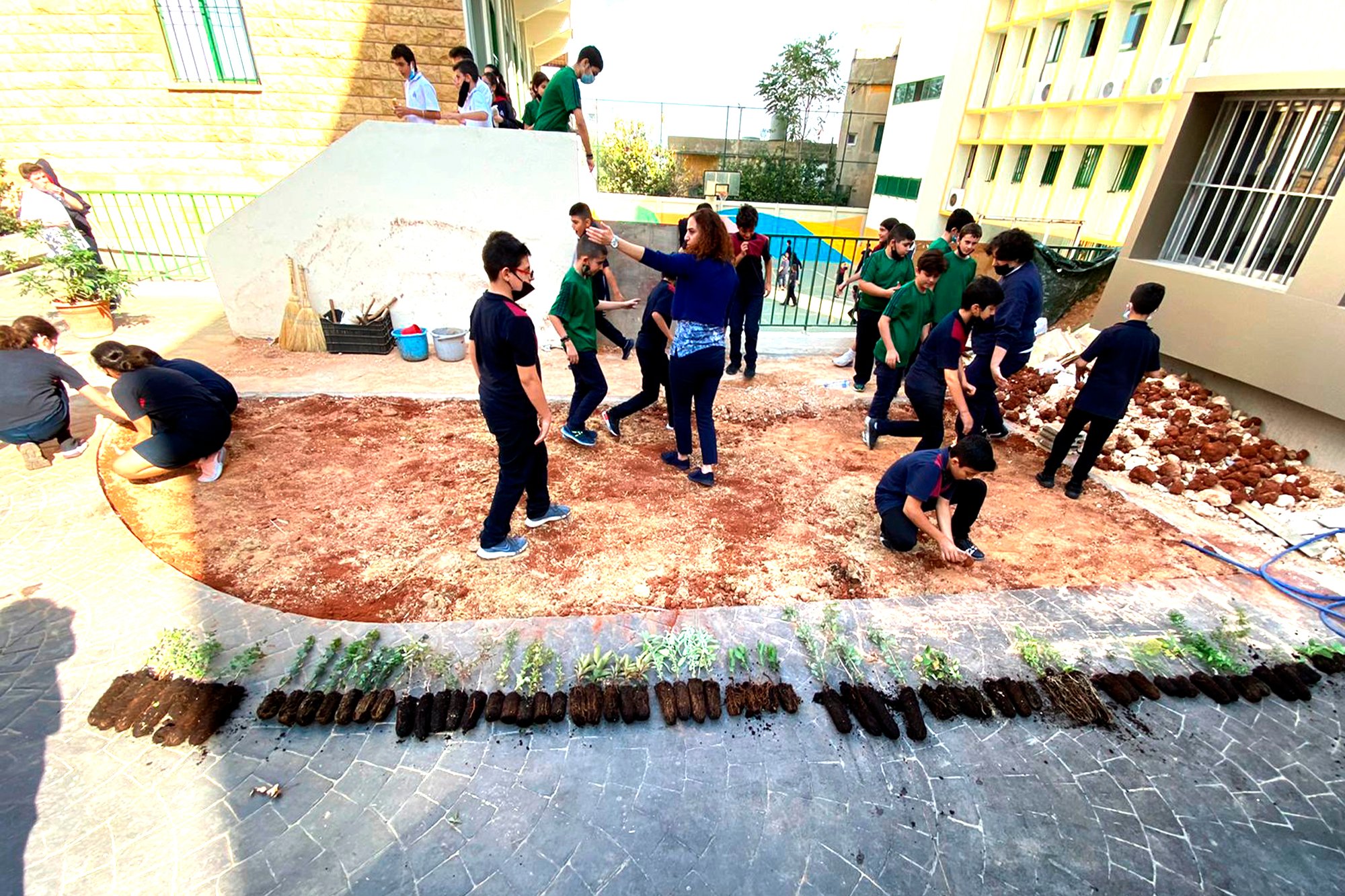
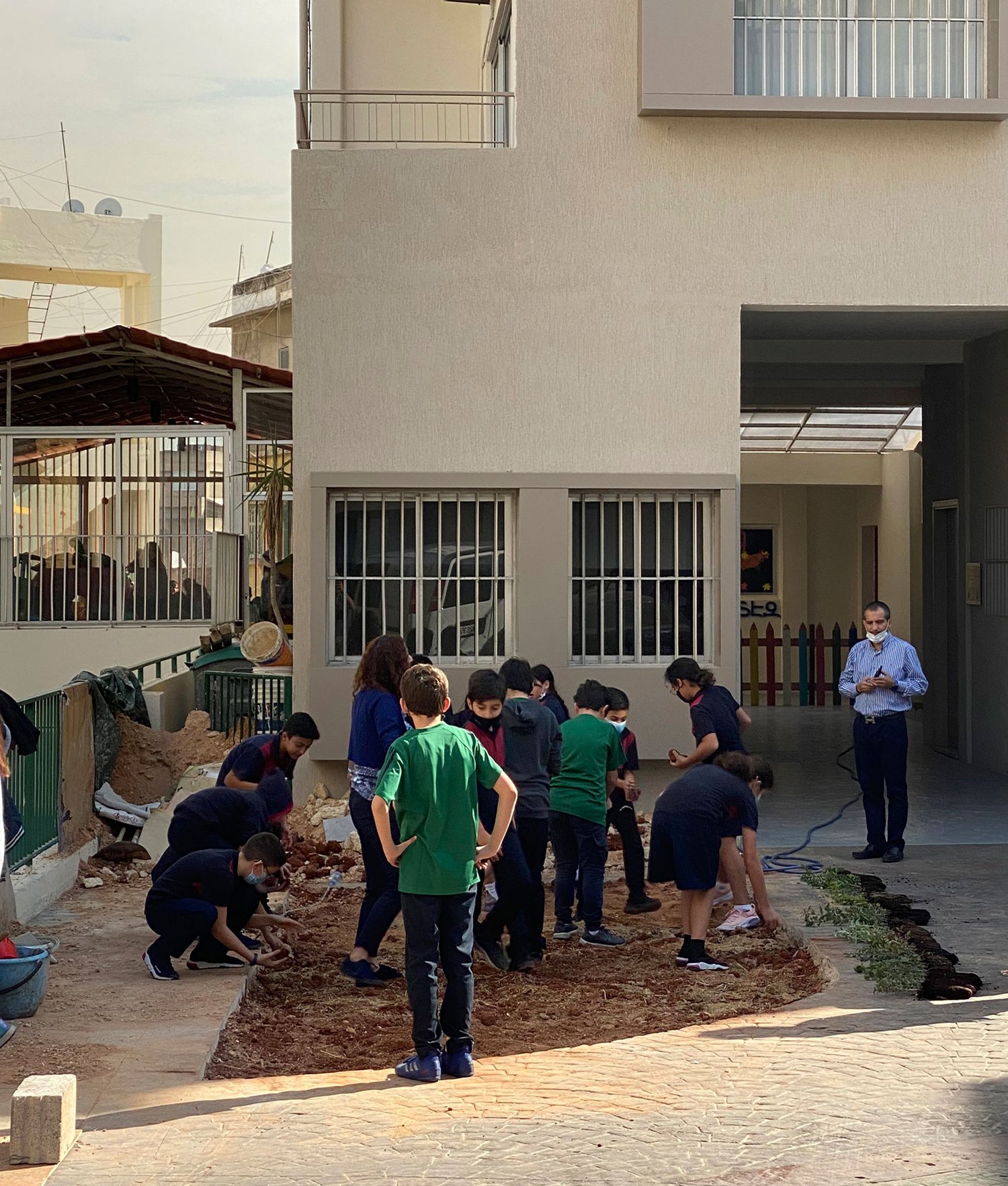
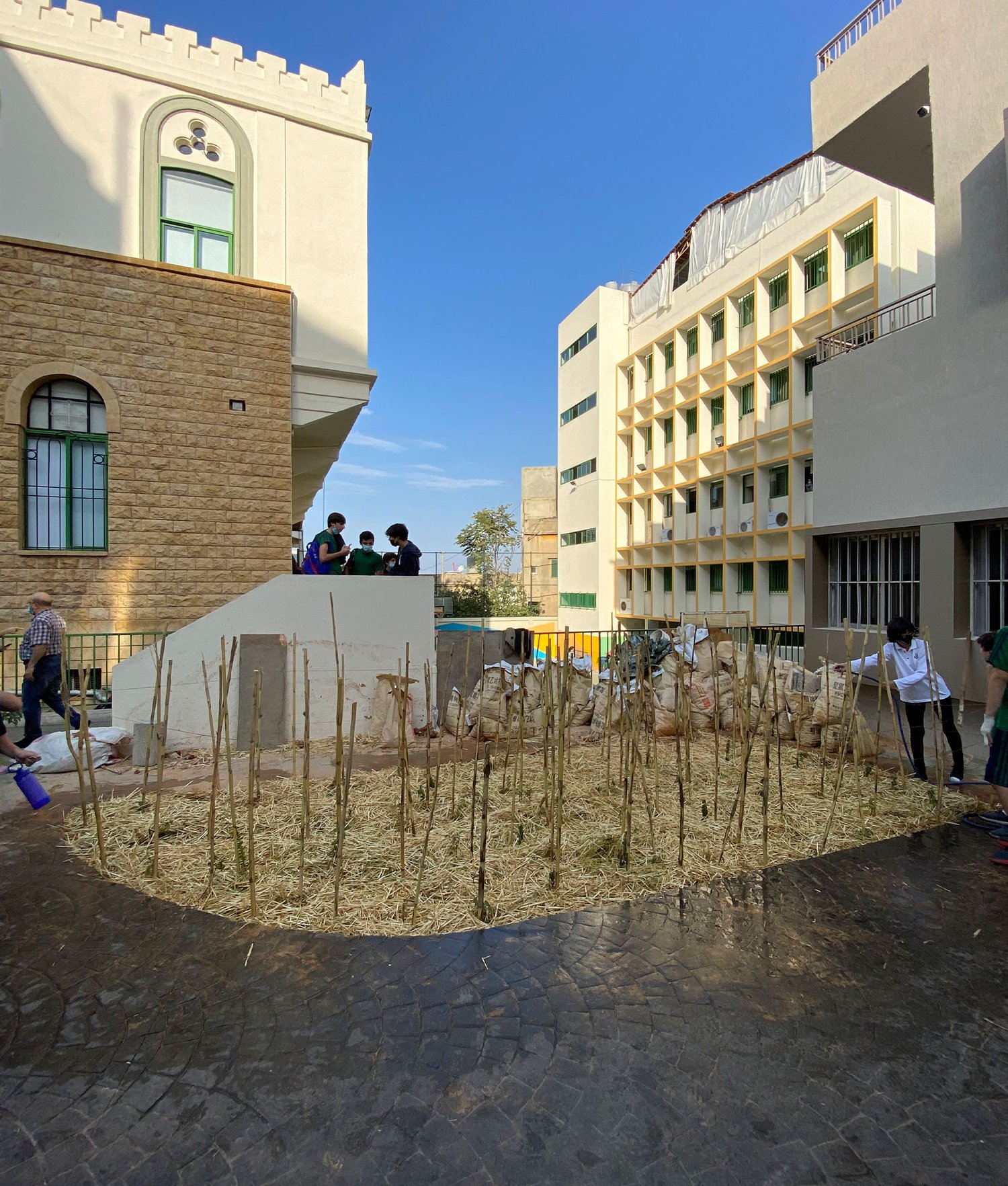
Site 3/4
Zahret Al-Ihsan School

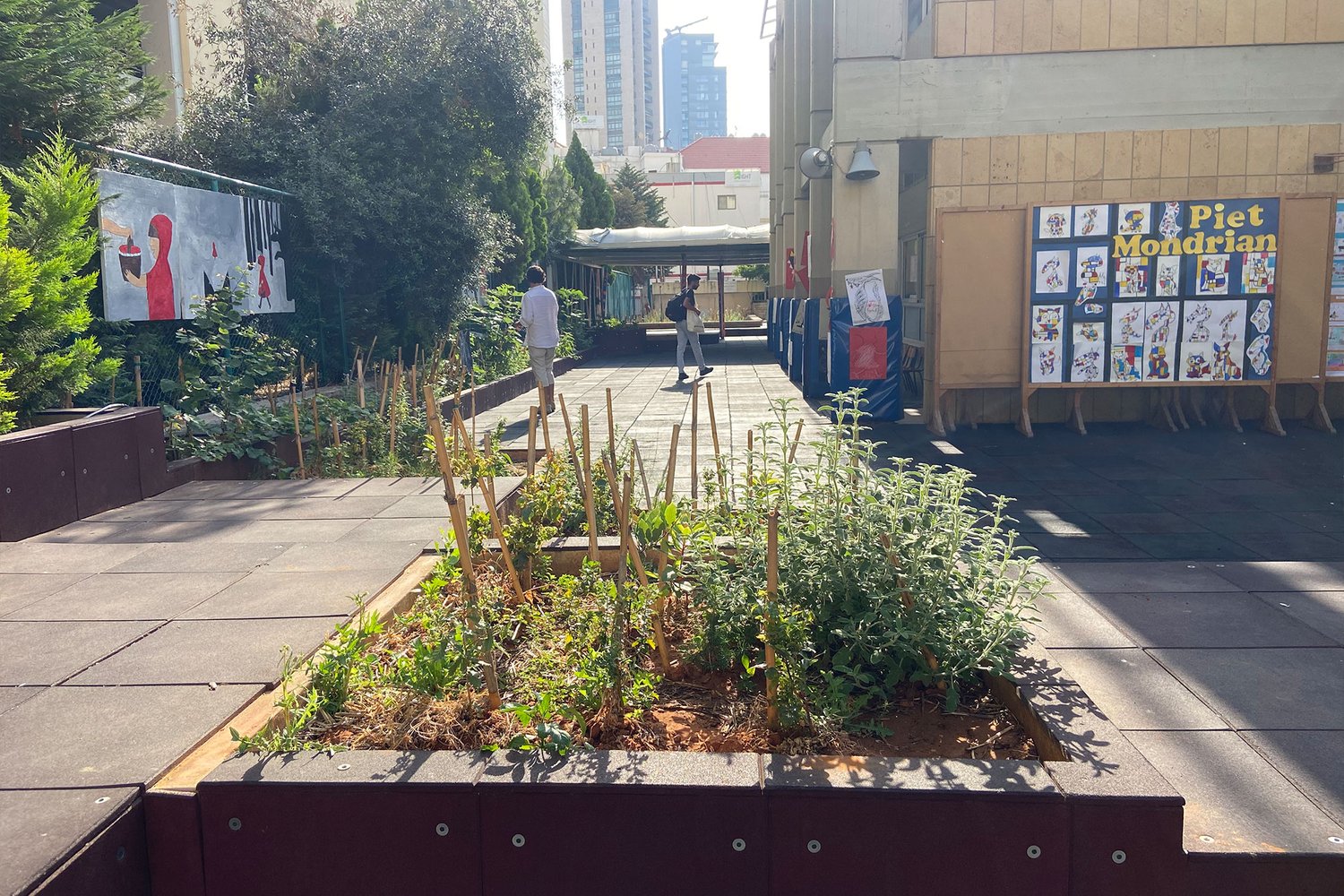
Forest Report: 12 Months
DATE: 10.06.2023
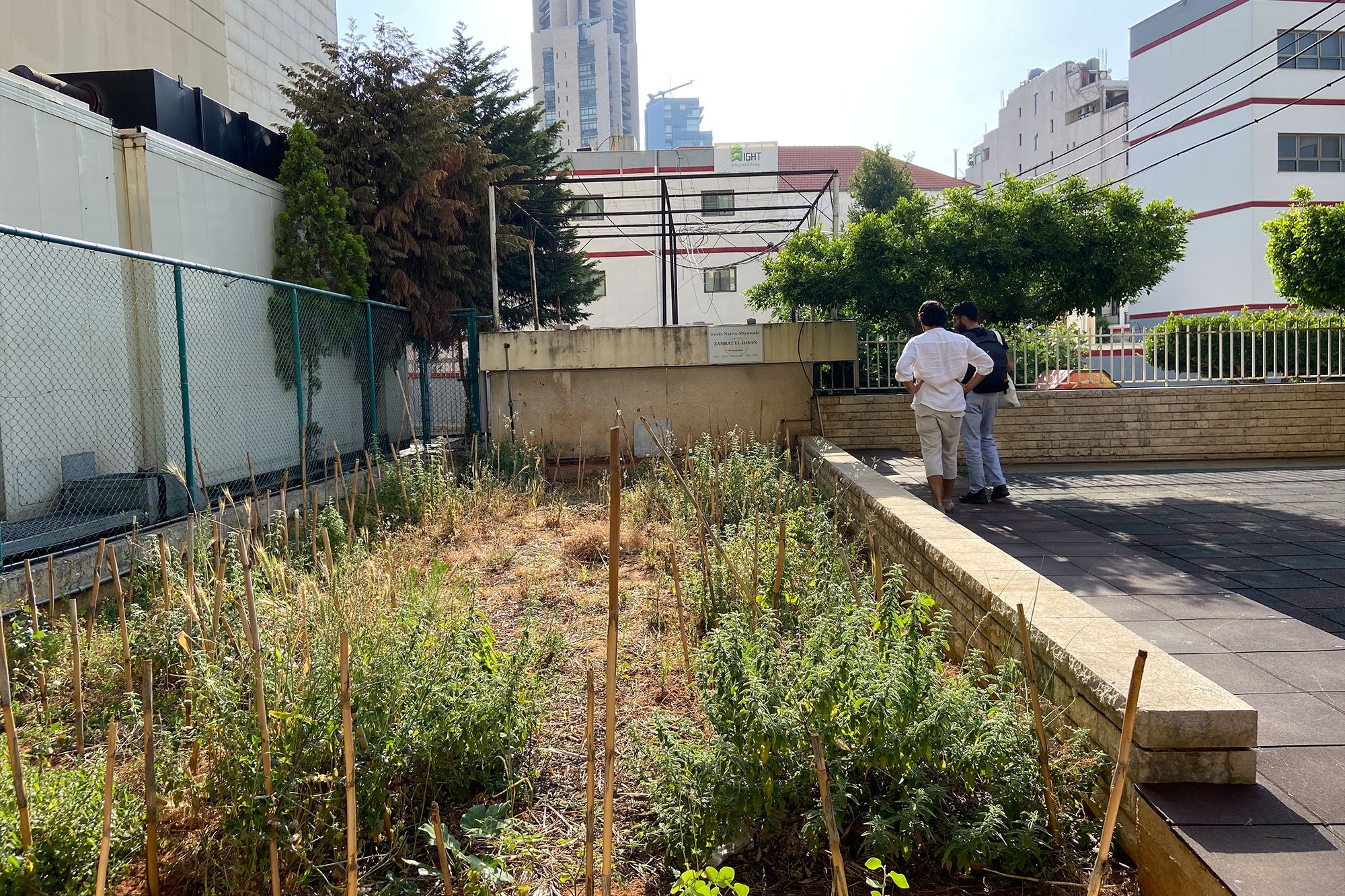
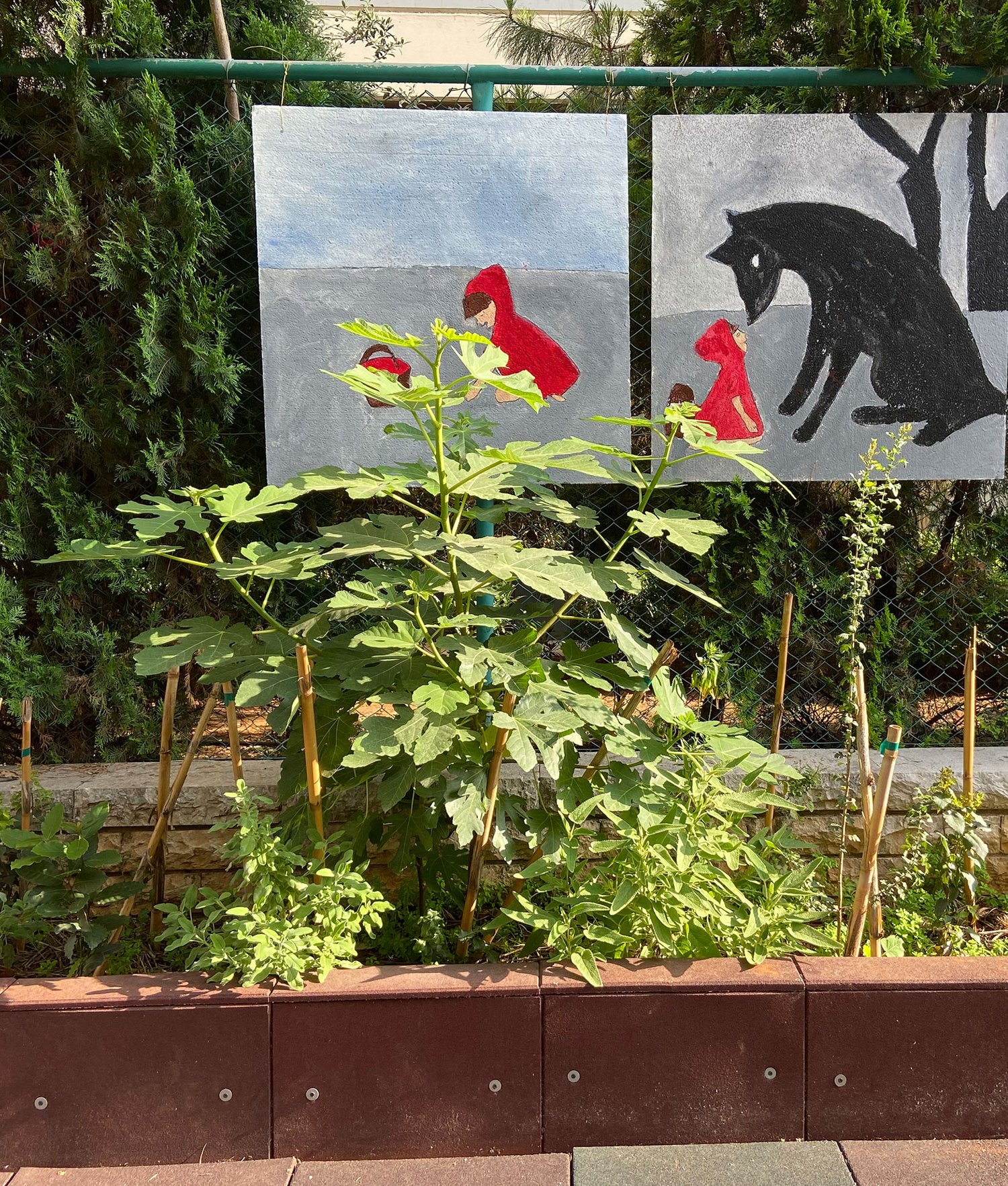
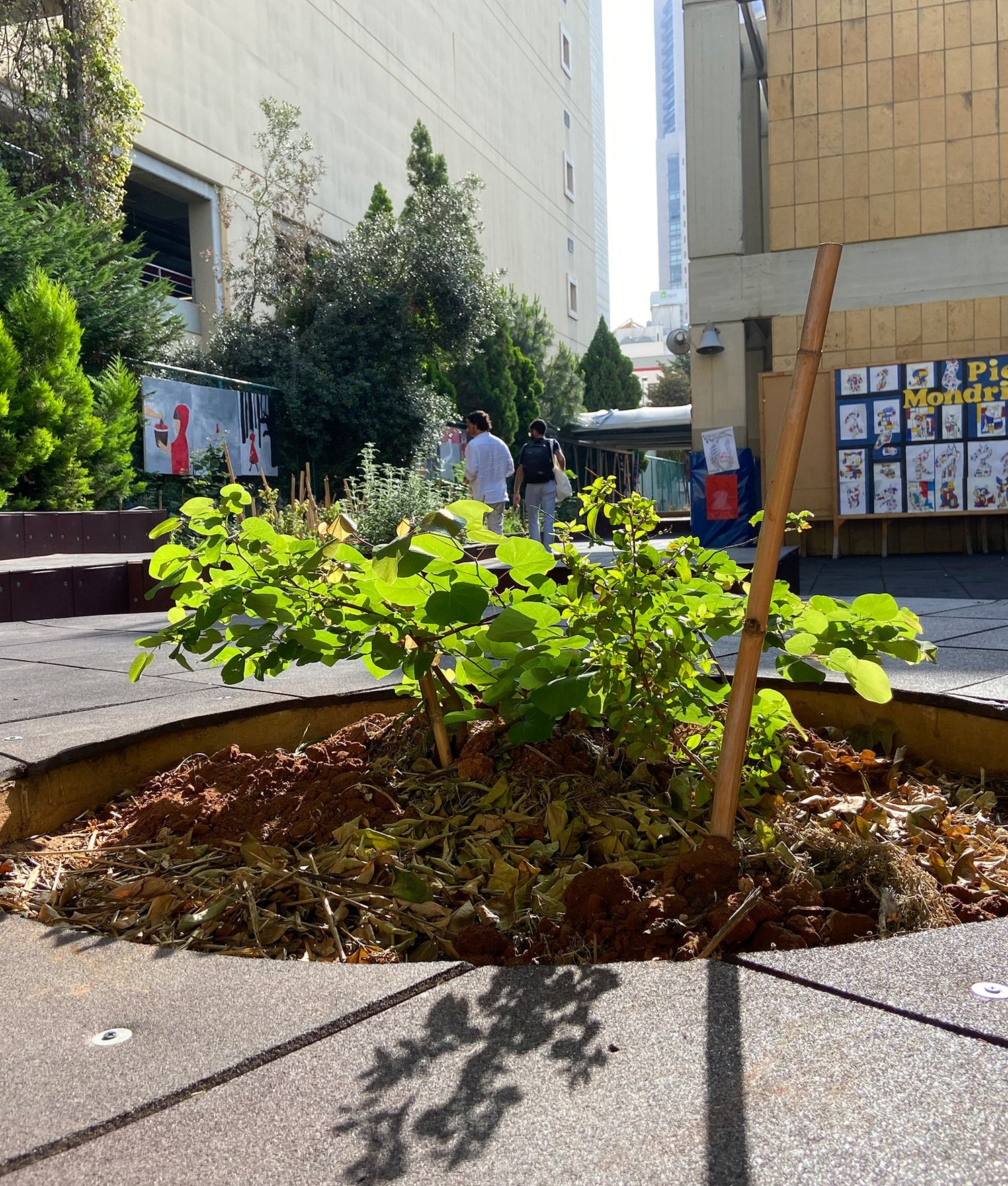
Forest Report: Planting
DATE: 10.06.2022
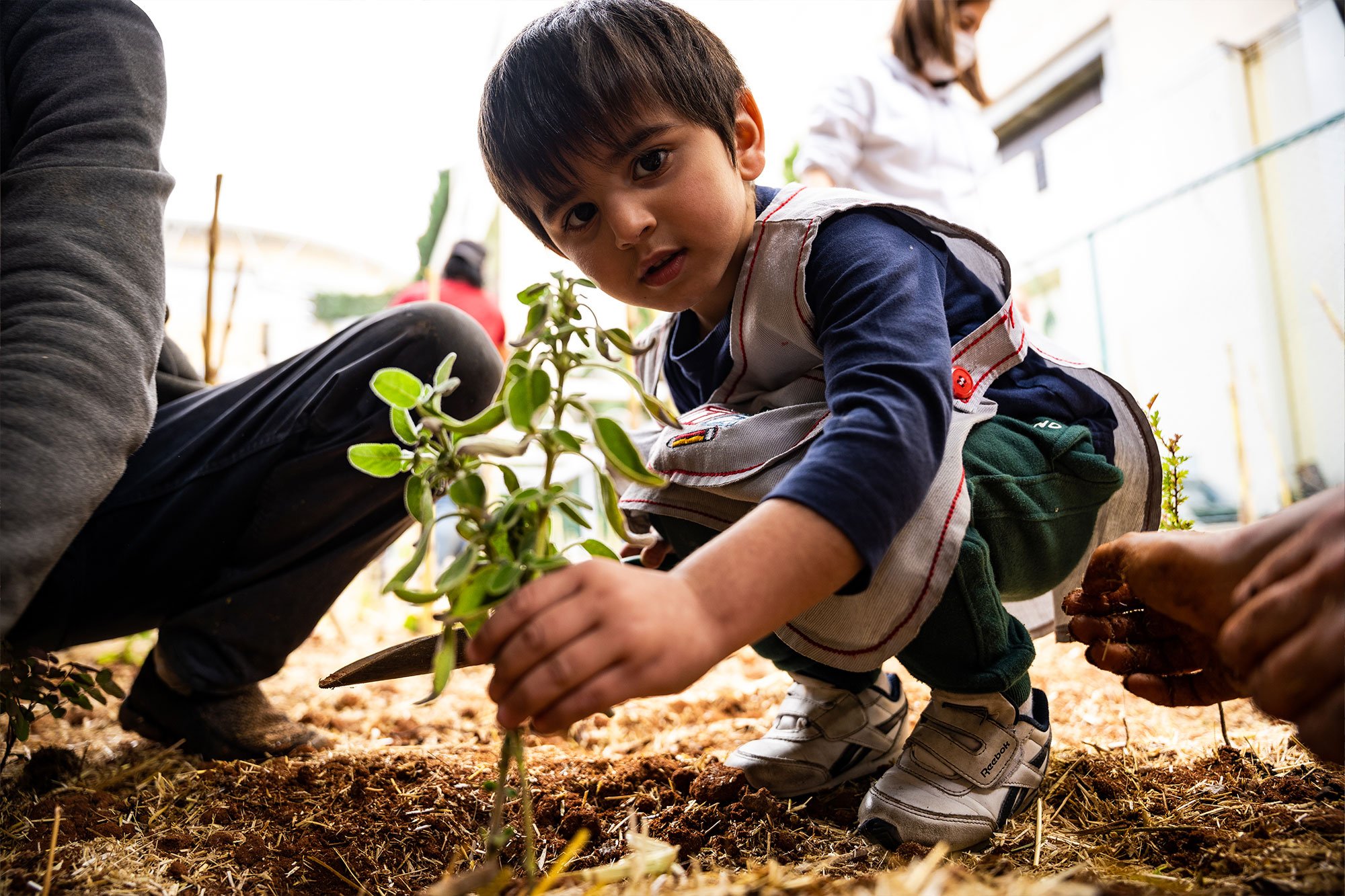
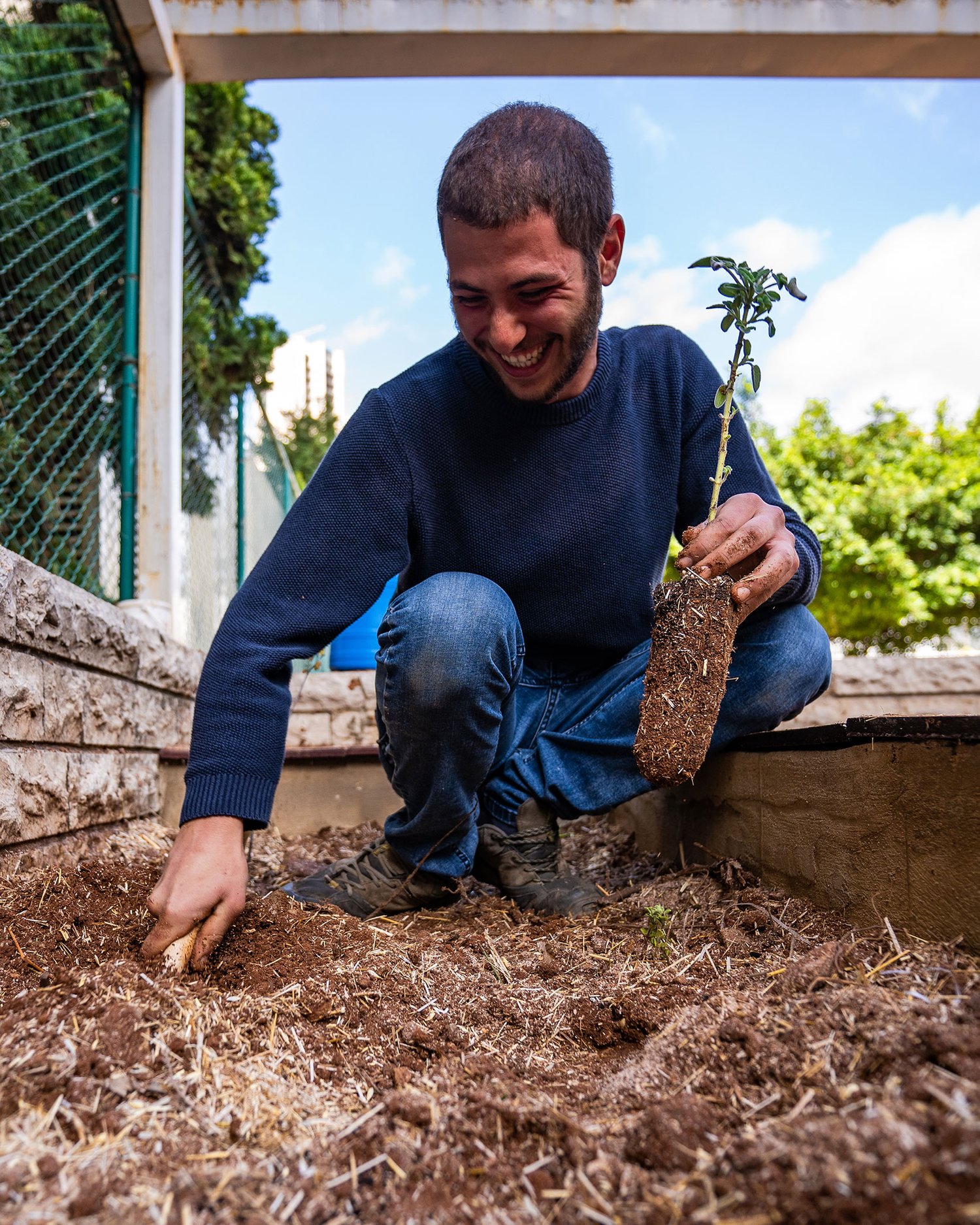
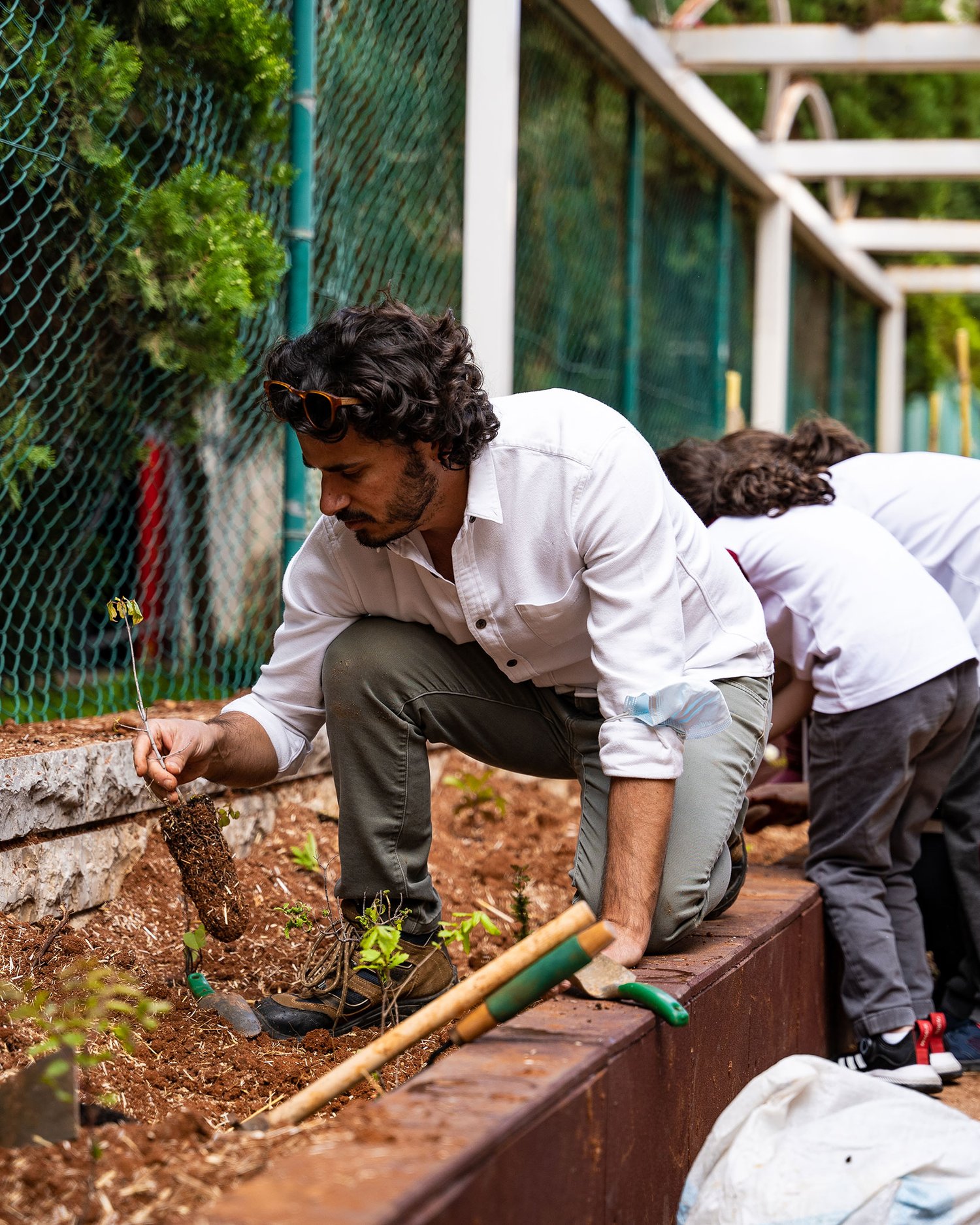
Site 4/4
Lychee Officiel Al Akhtal Al Saghir
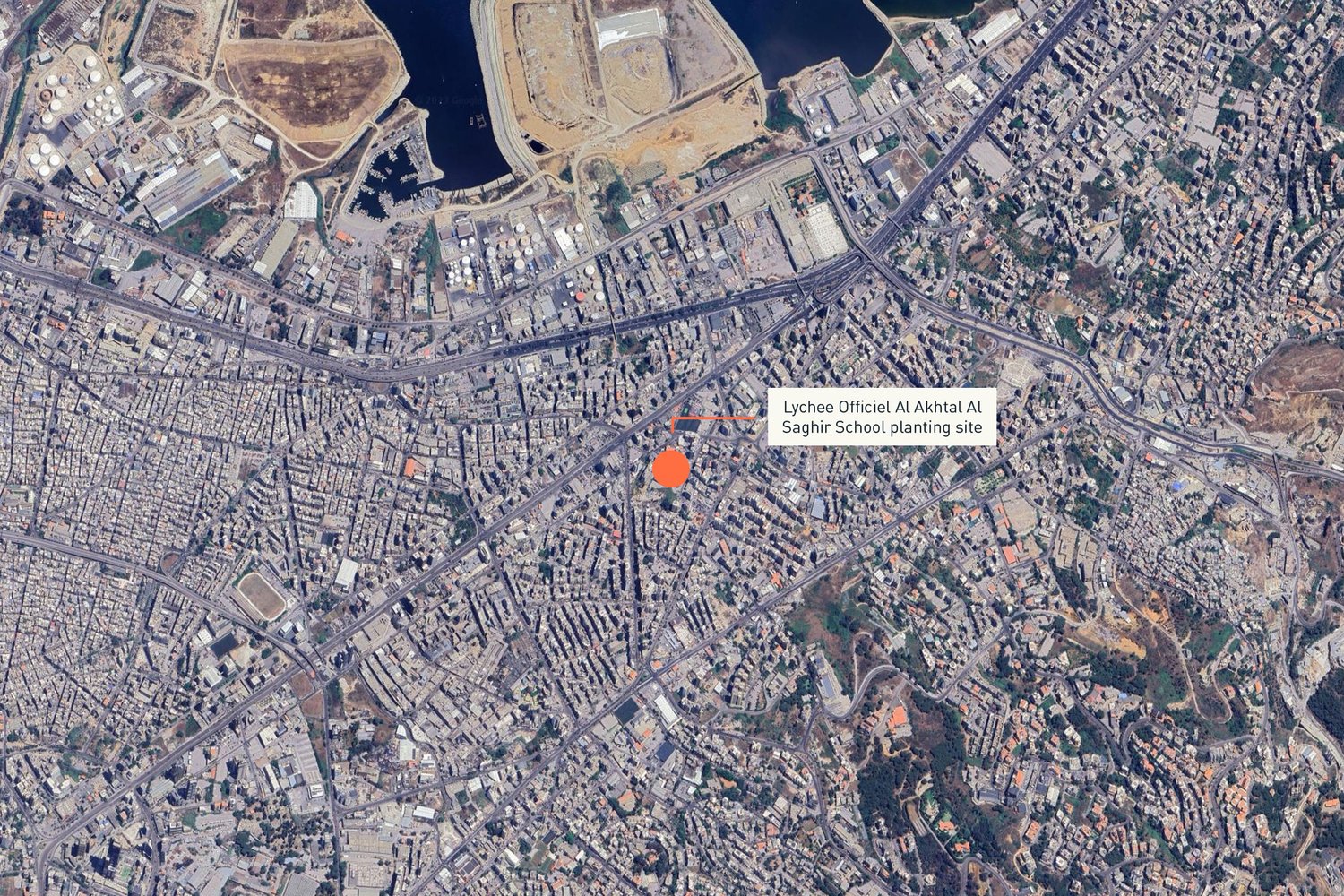

Discover more SUGi Projects

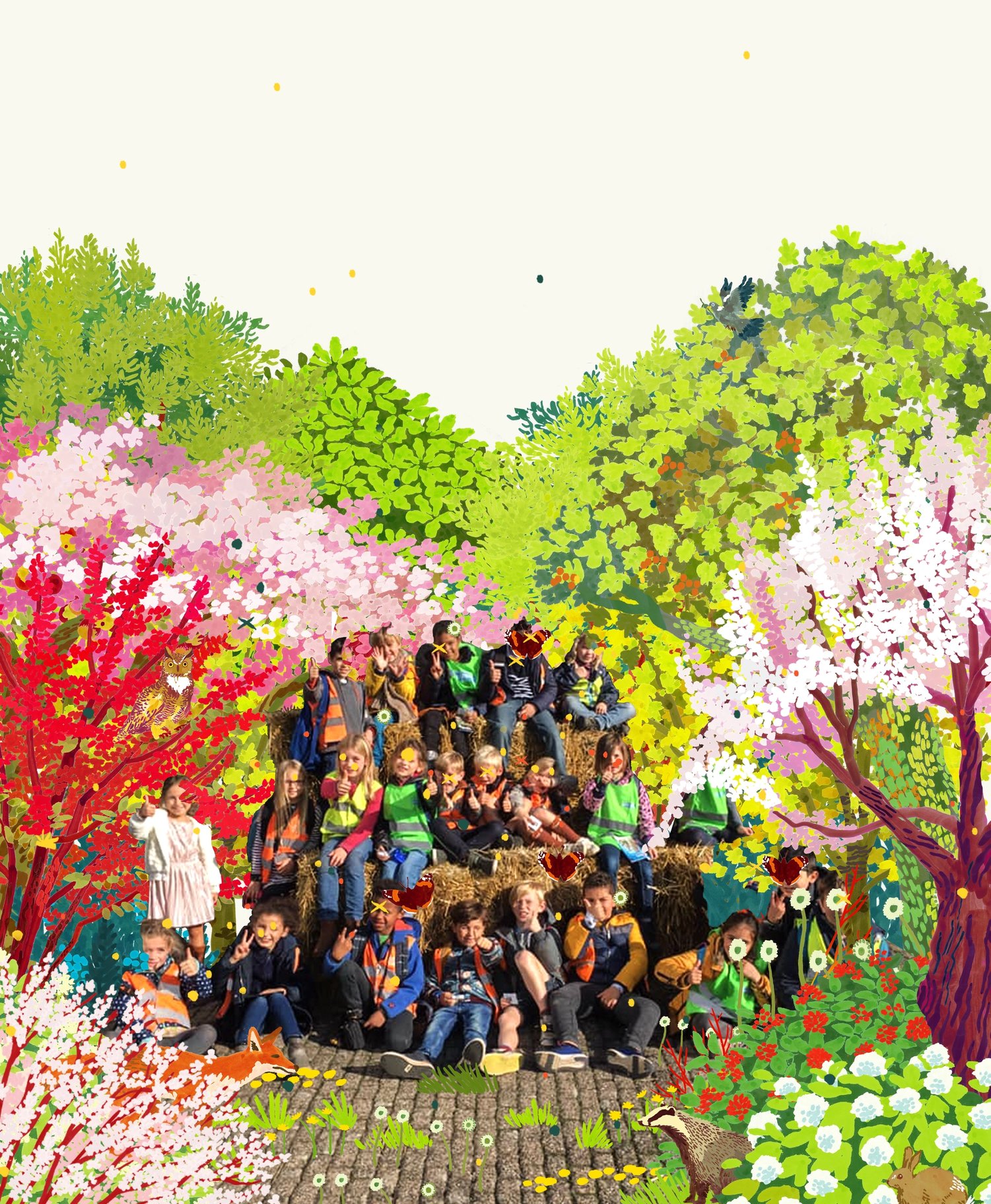
De Ark
A forest learning center in Sint-Niklaas


Langalibalele Forest
Cultivating a green oasis for community wellness and education.

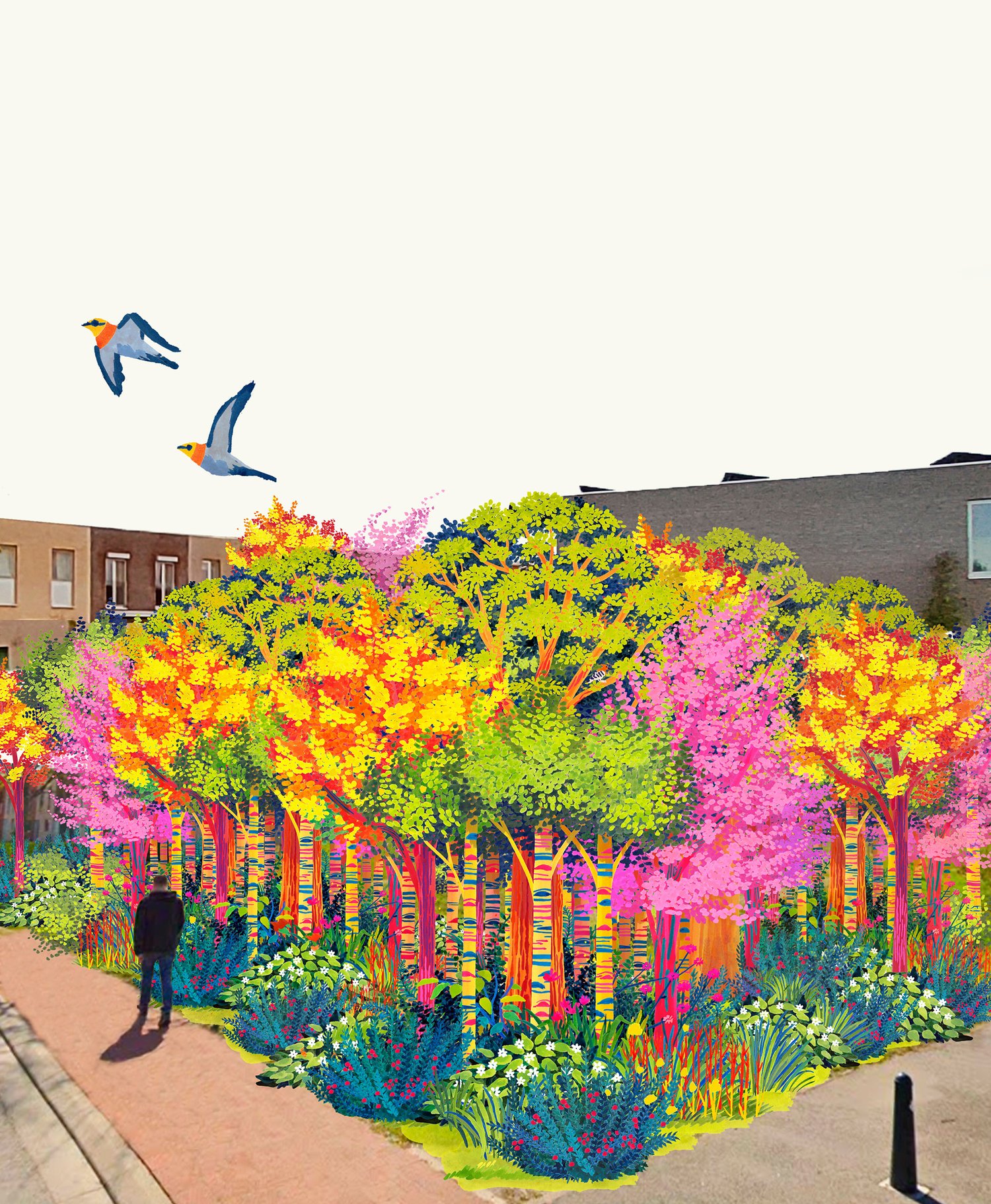
Papenhof Forest
Nature-based therapy at the heart of a city
